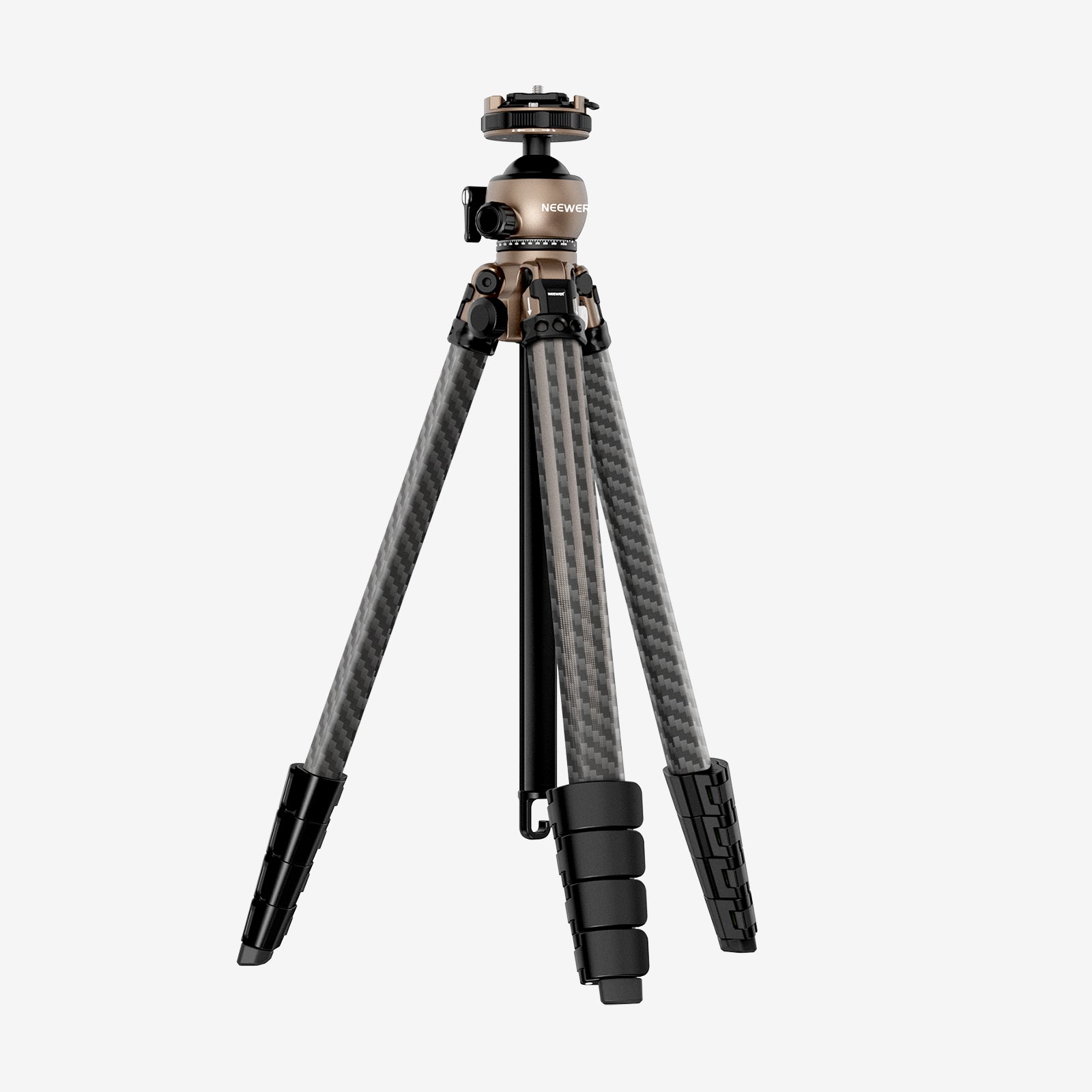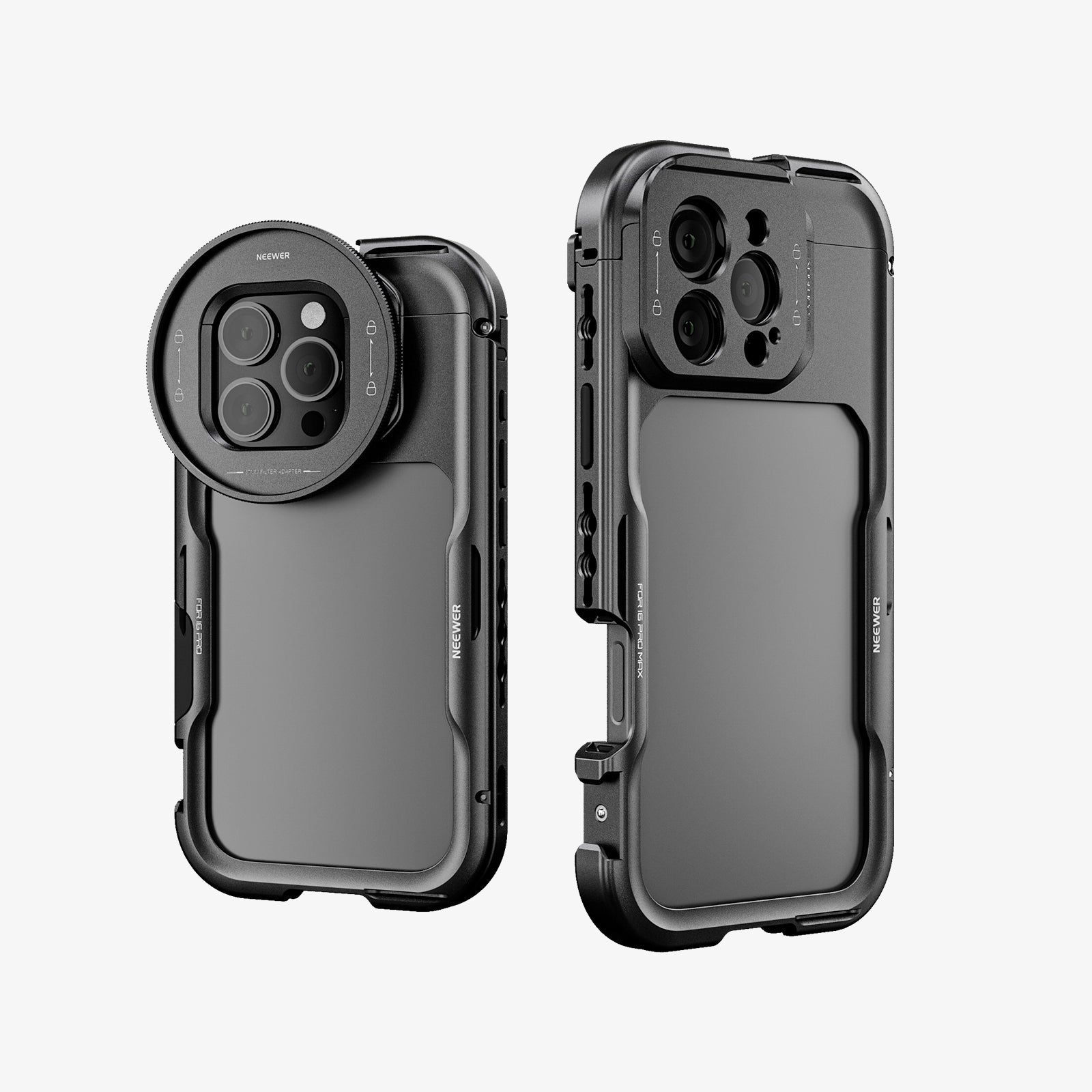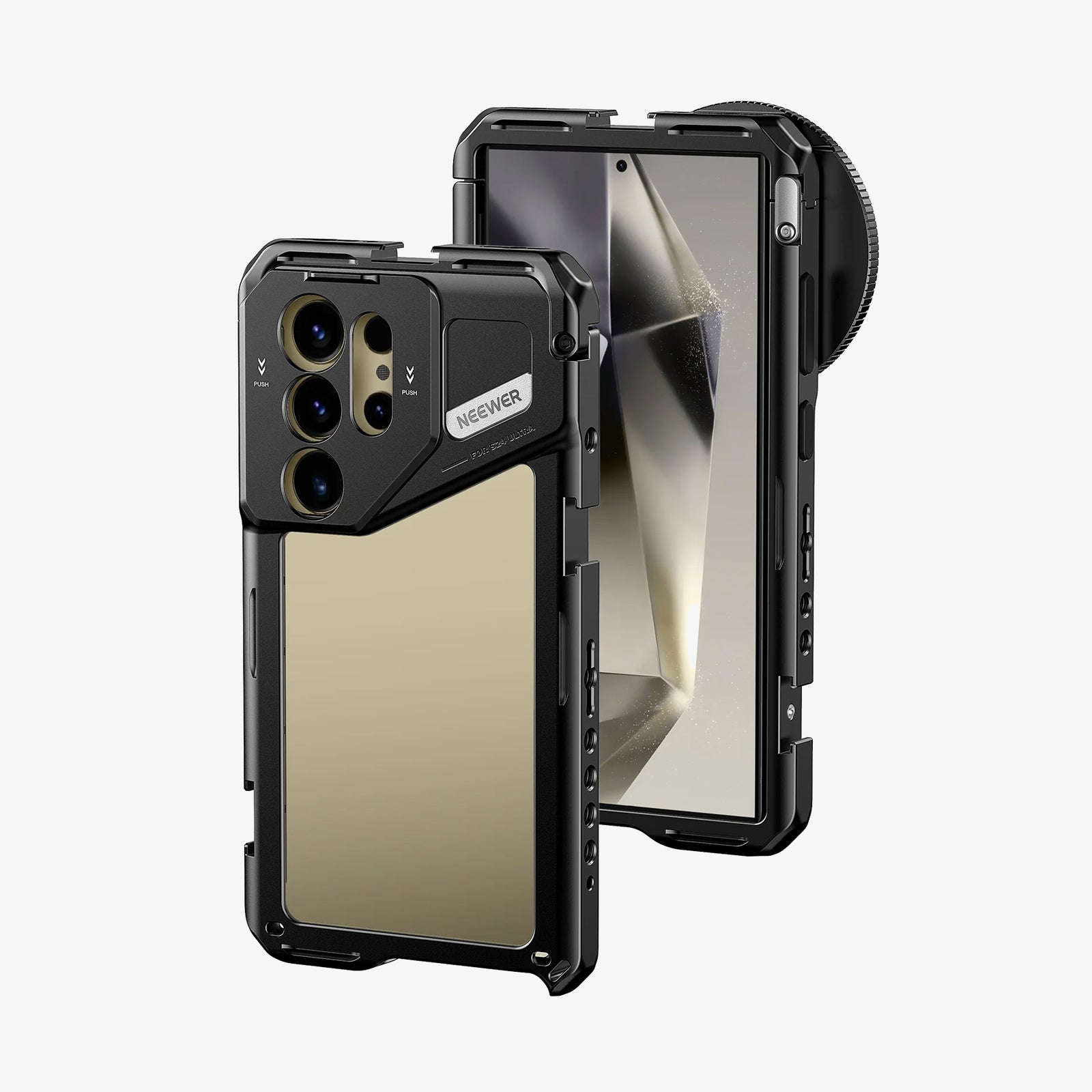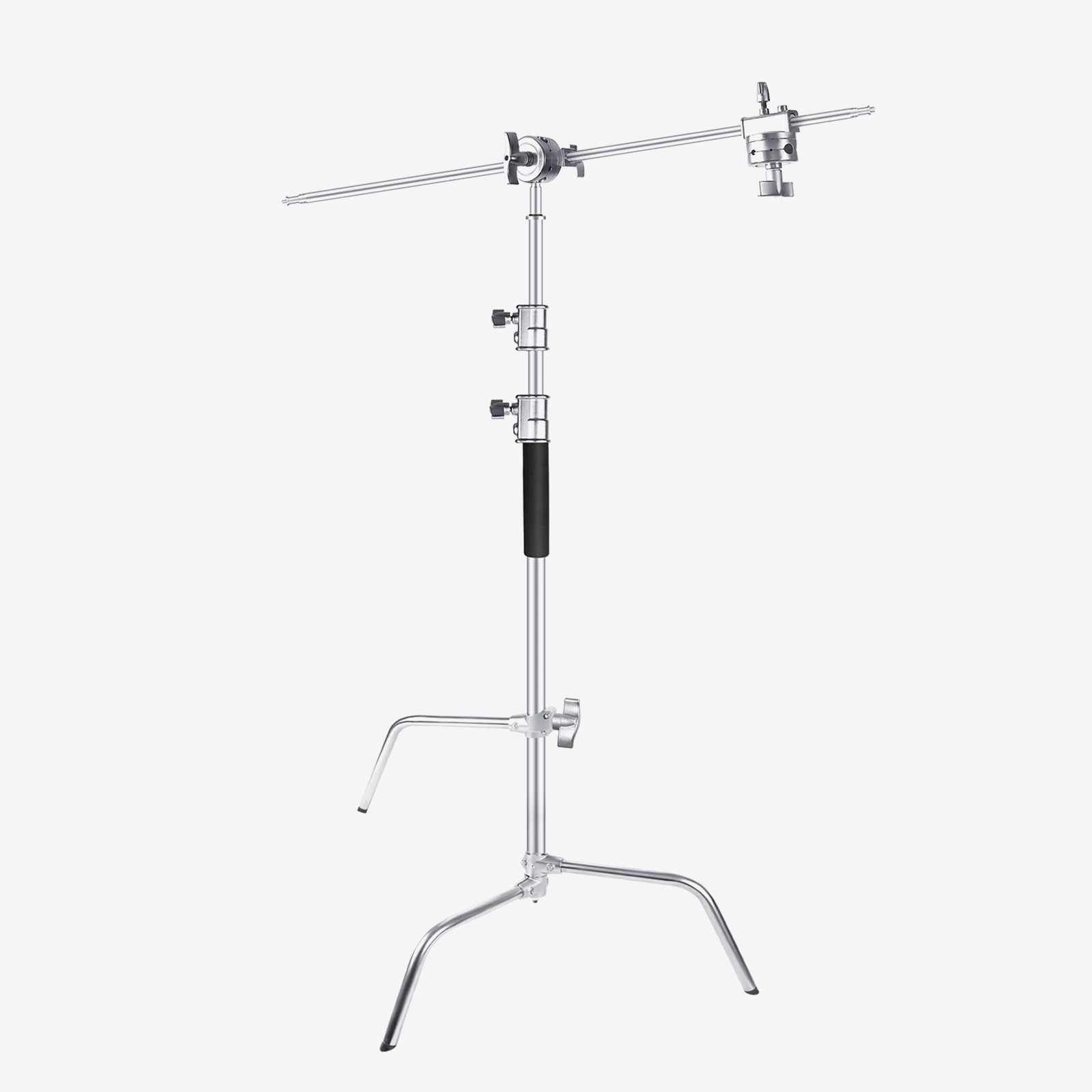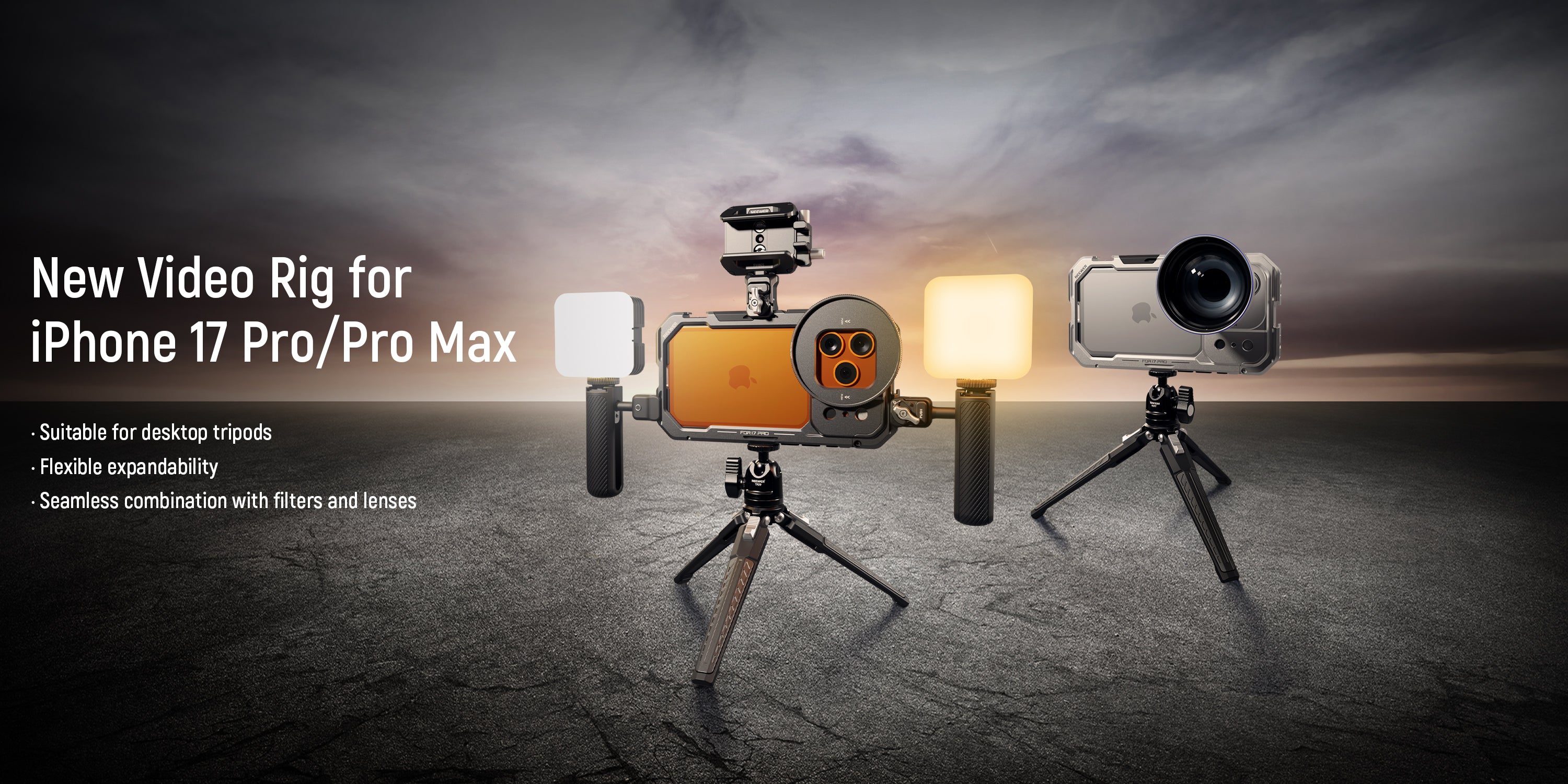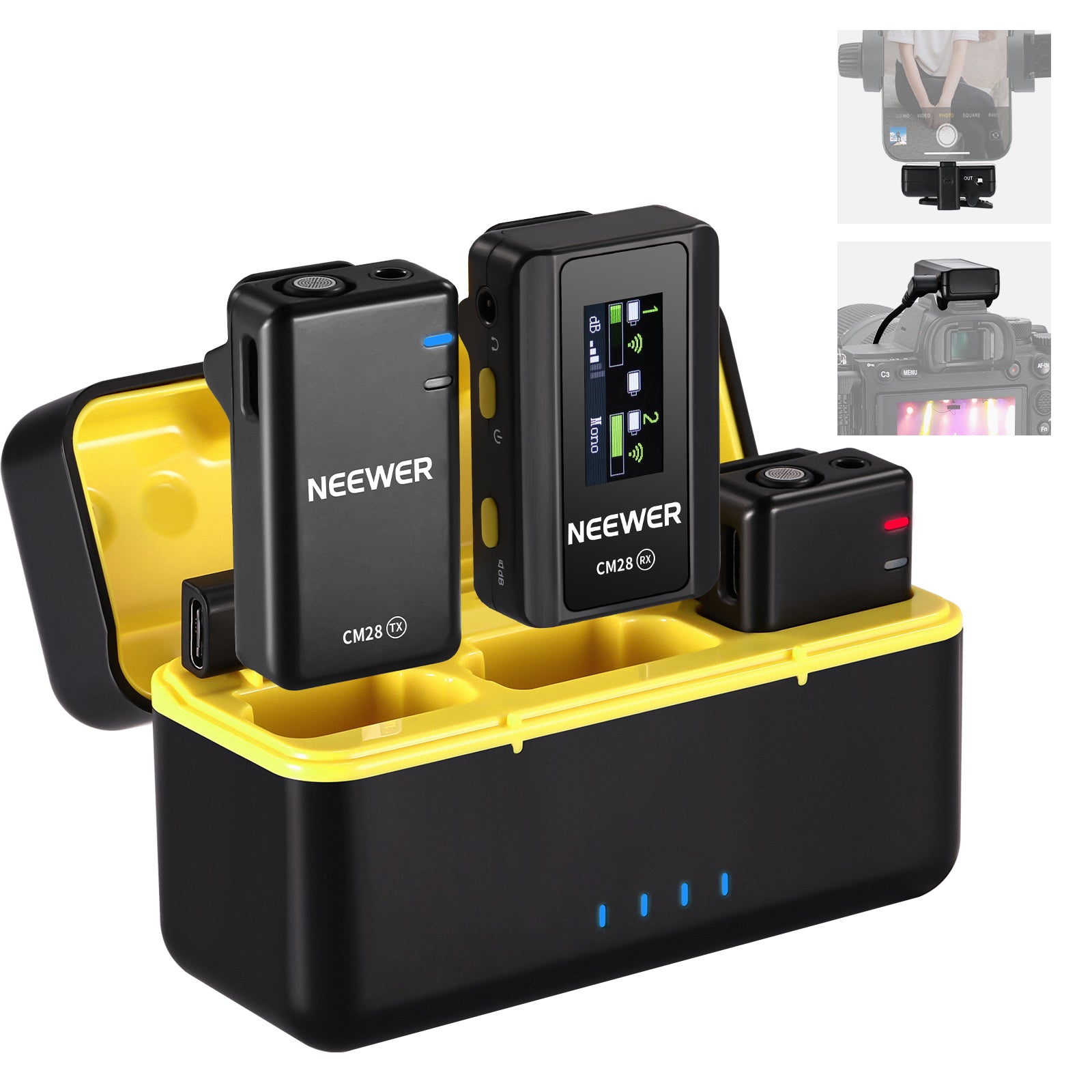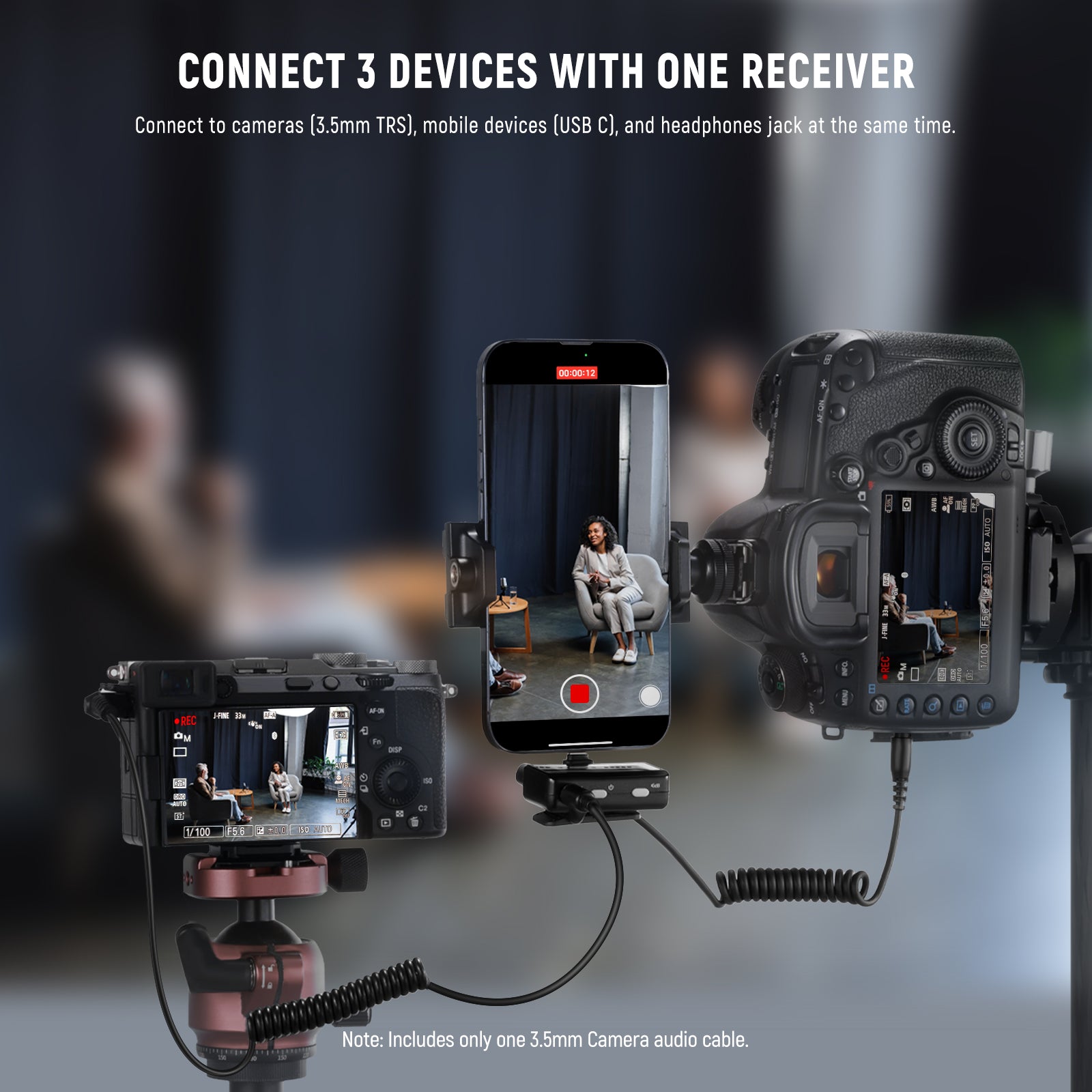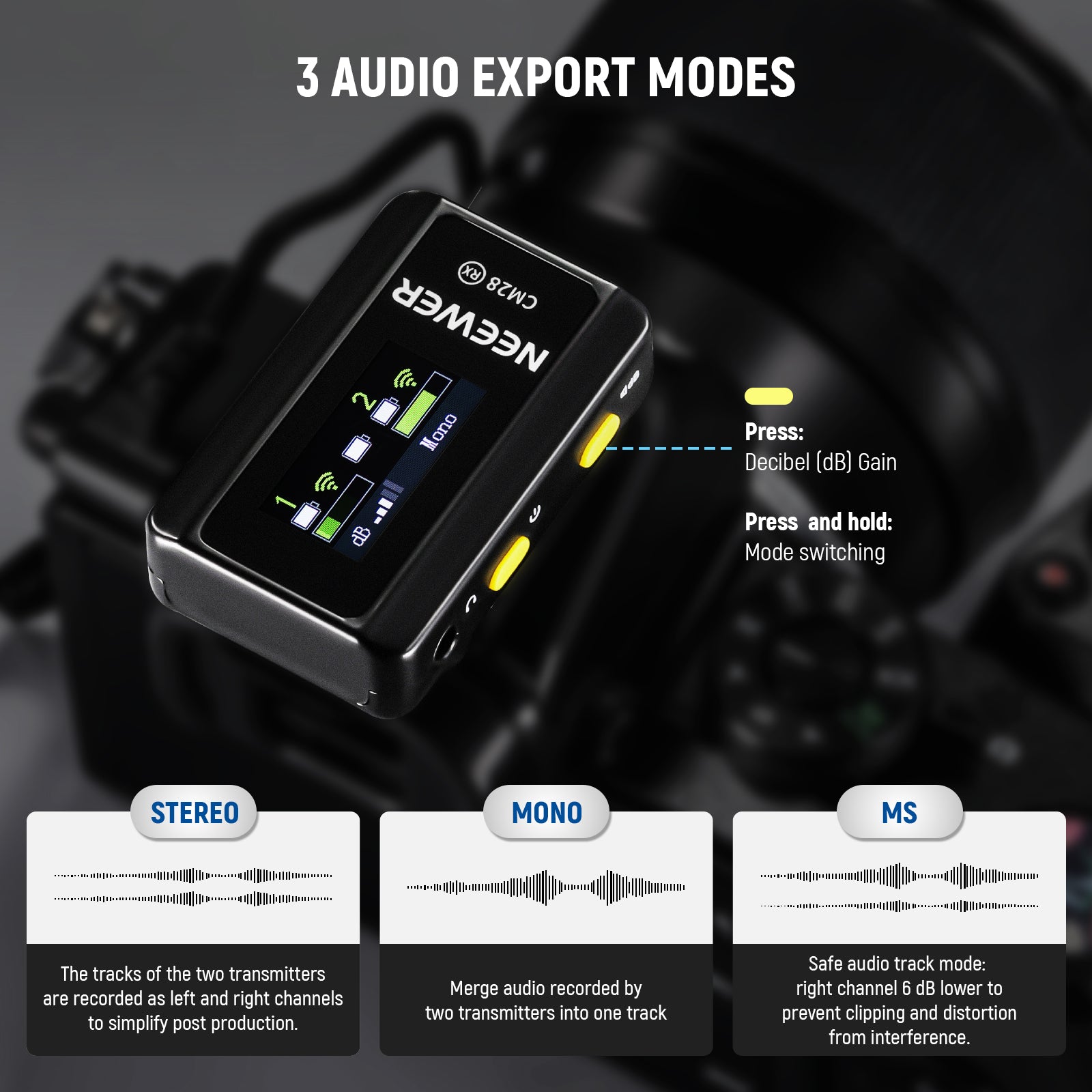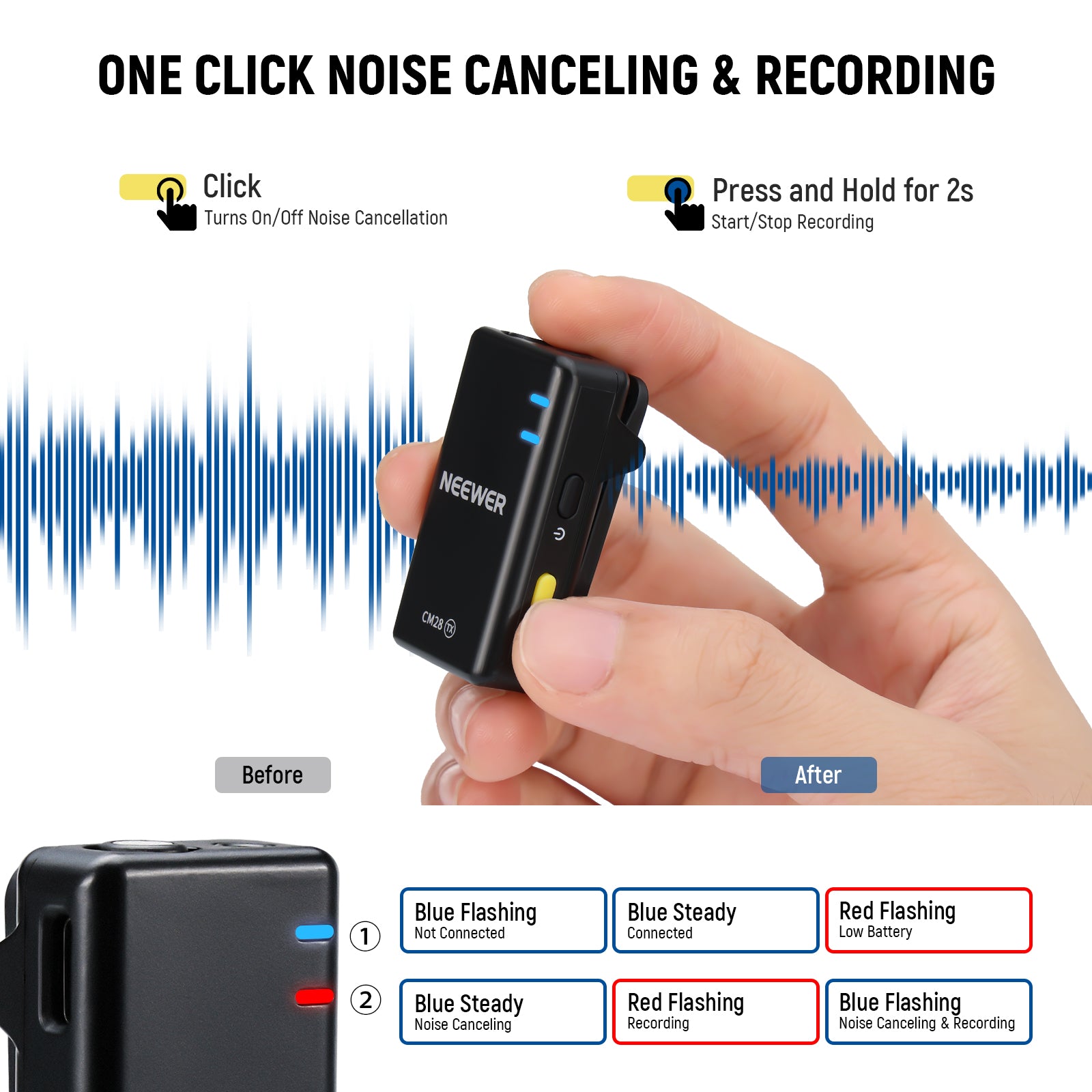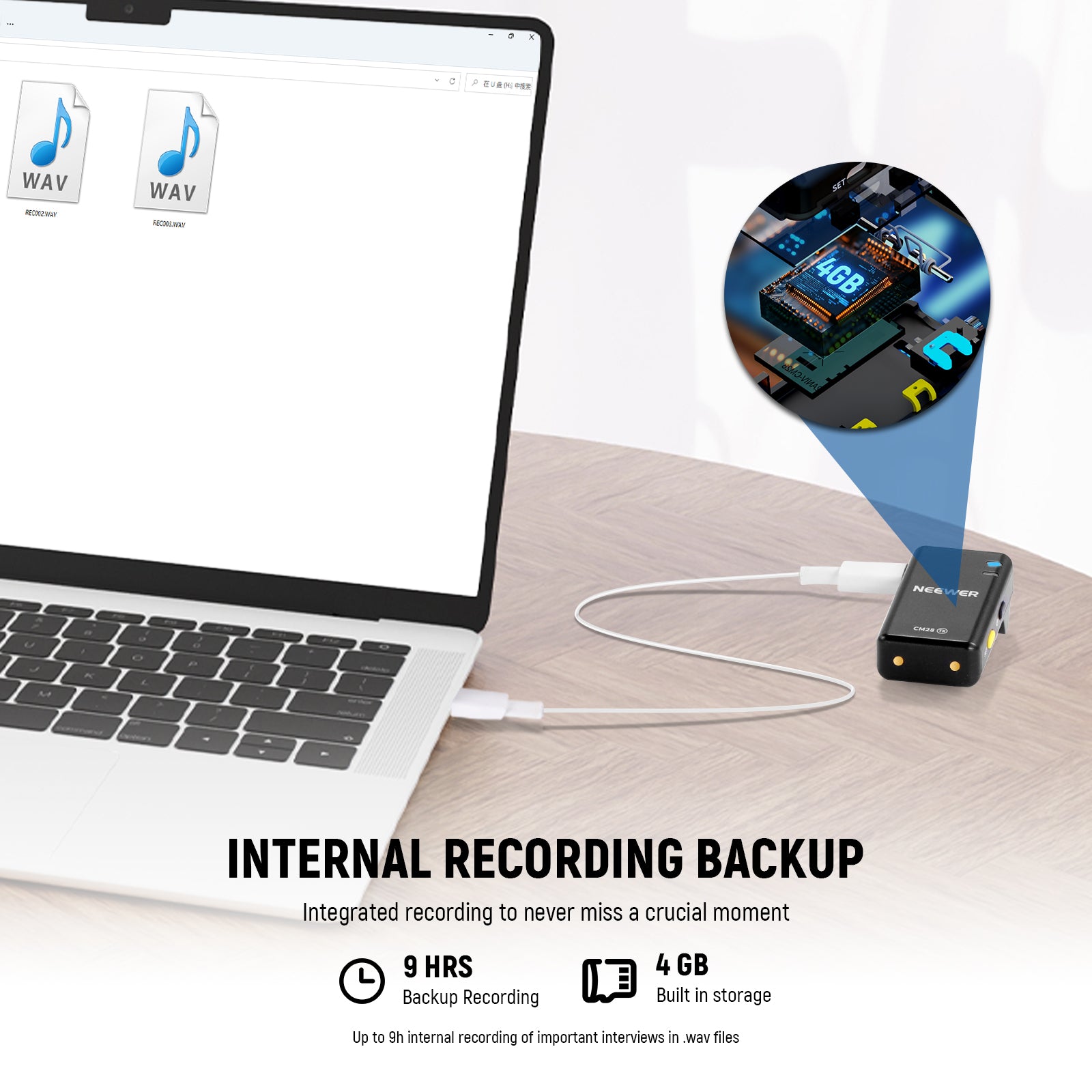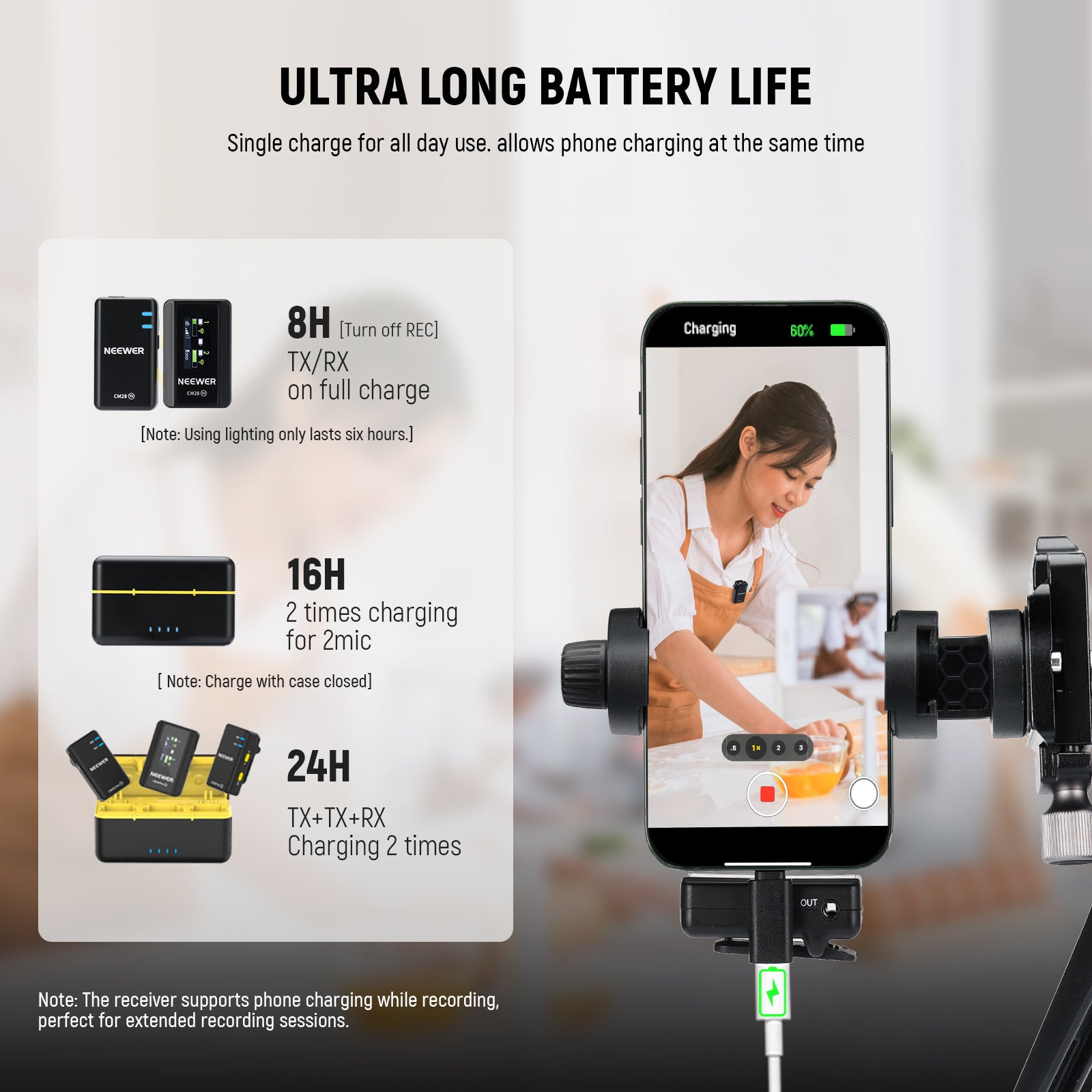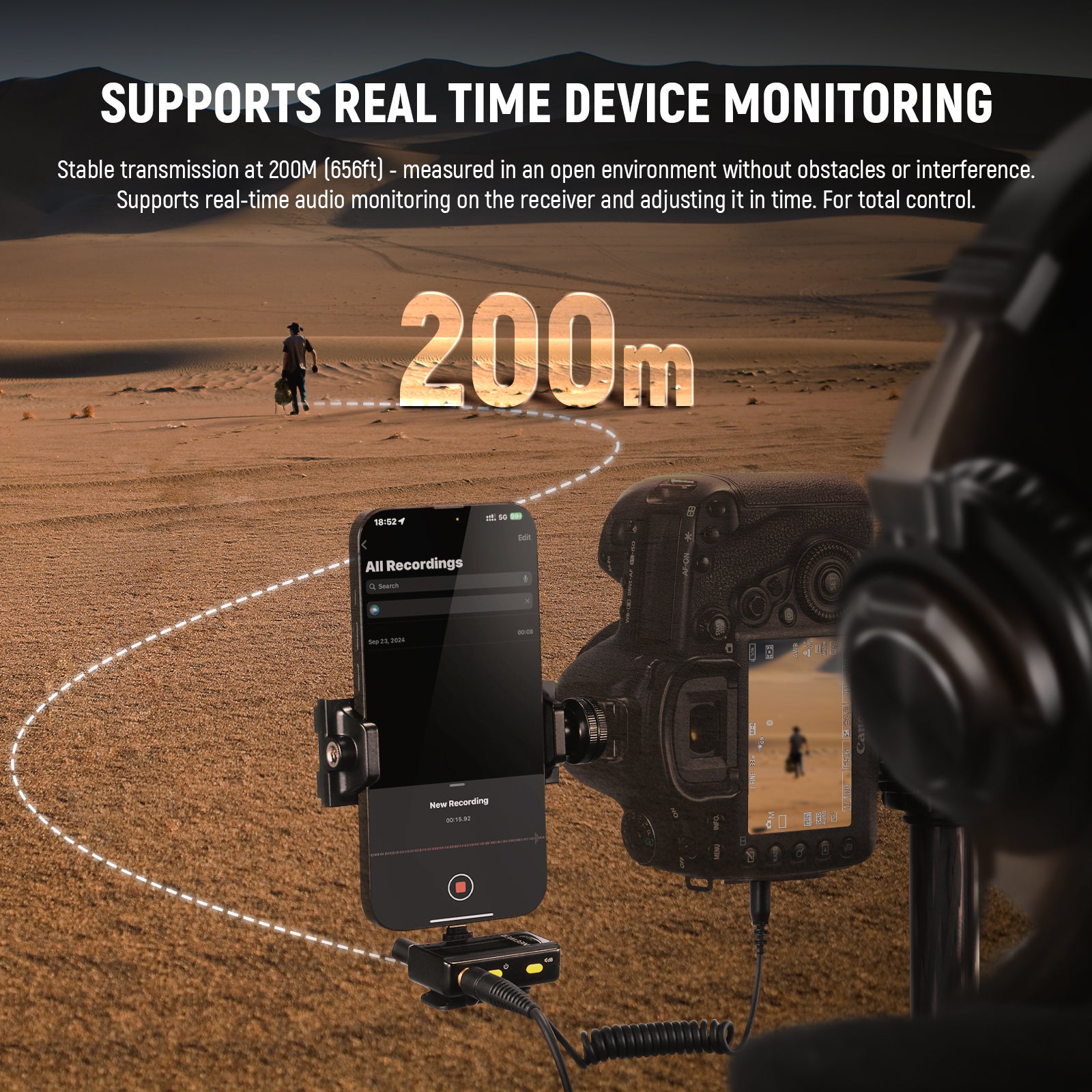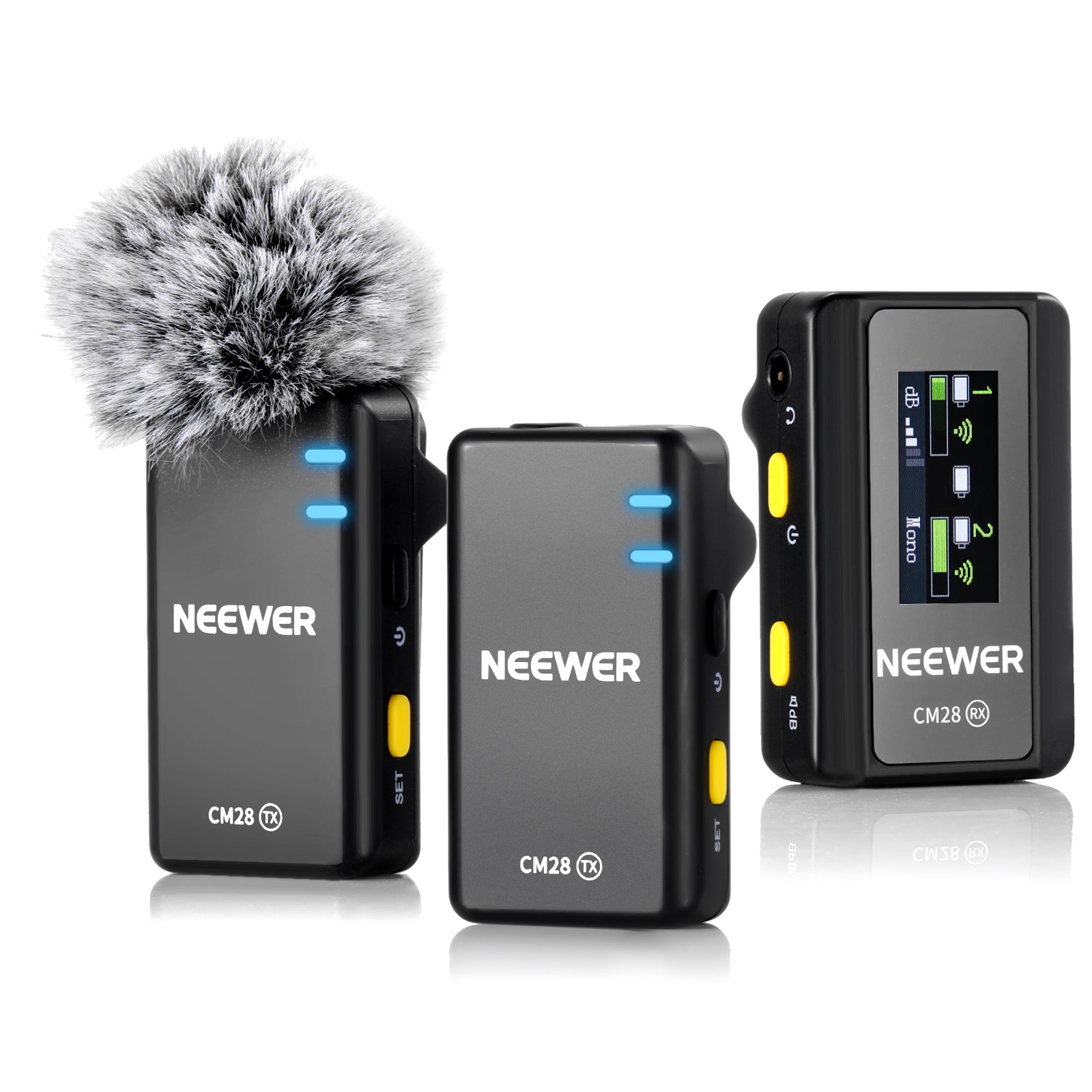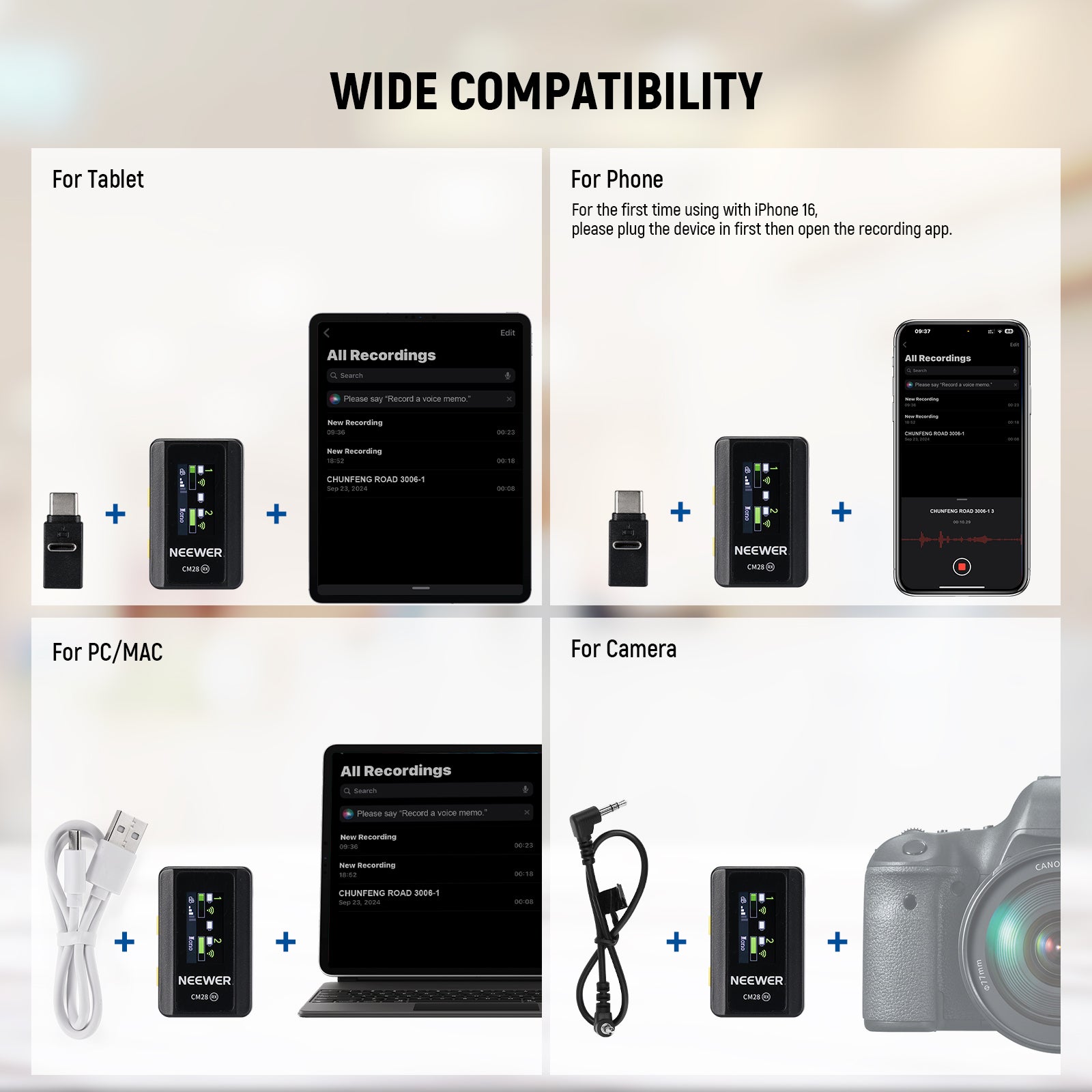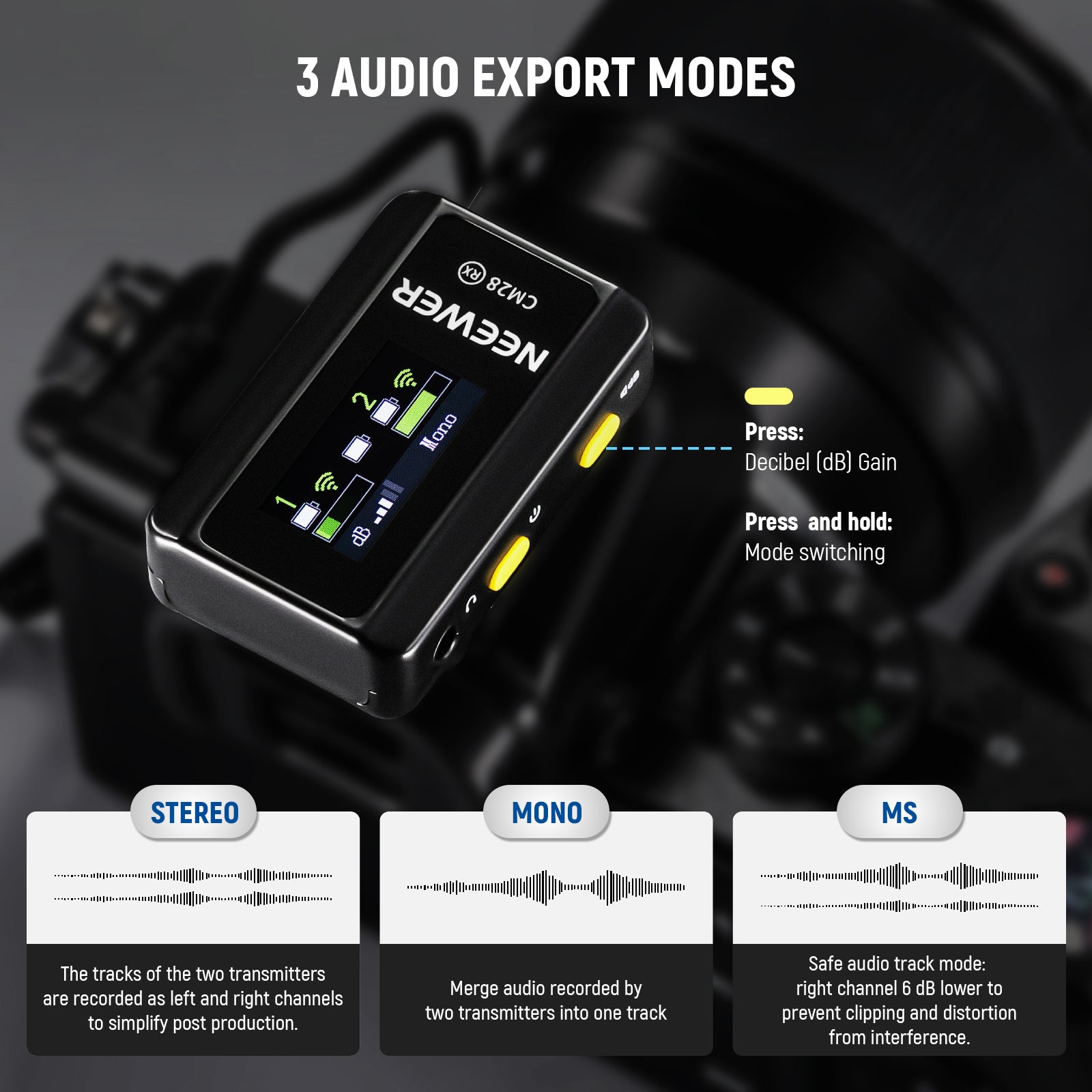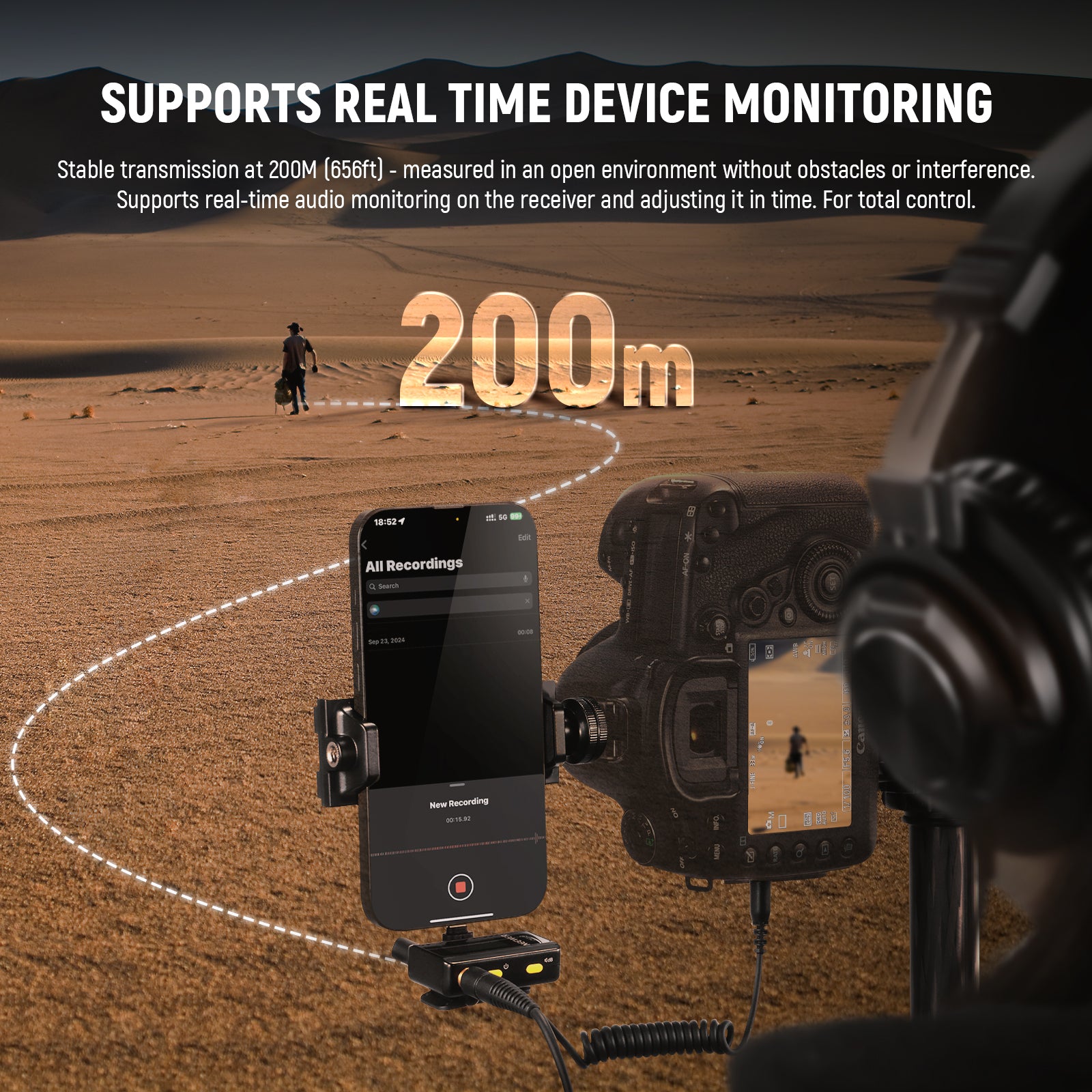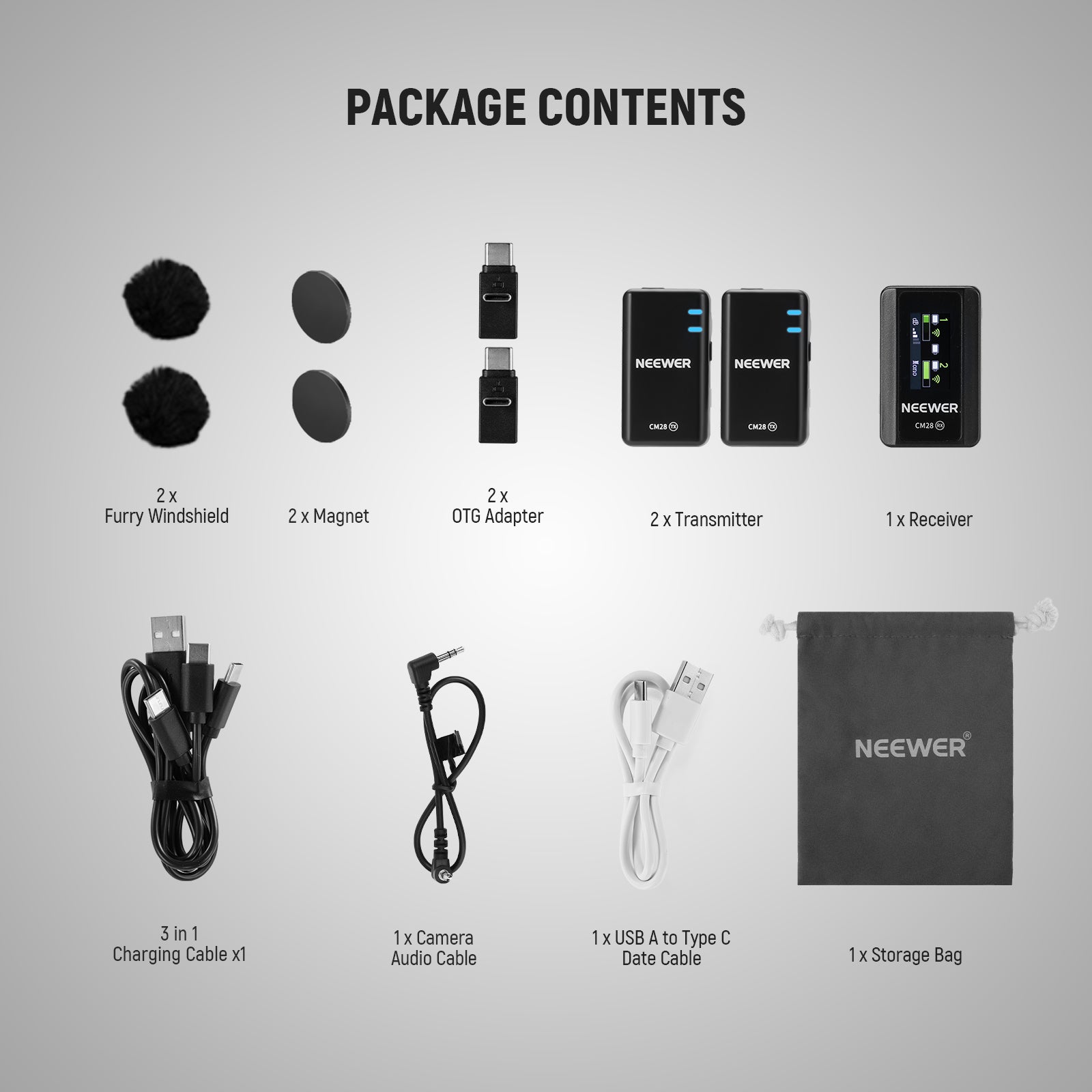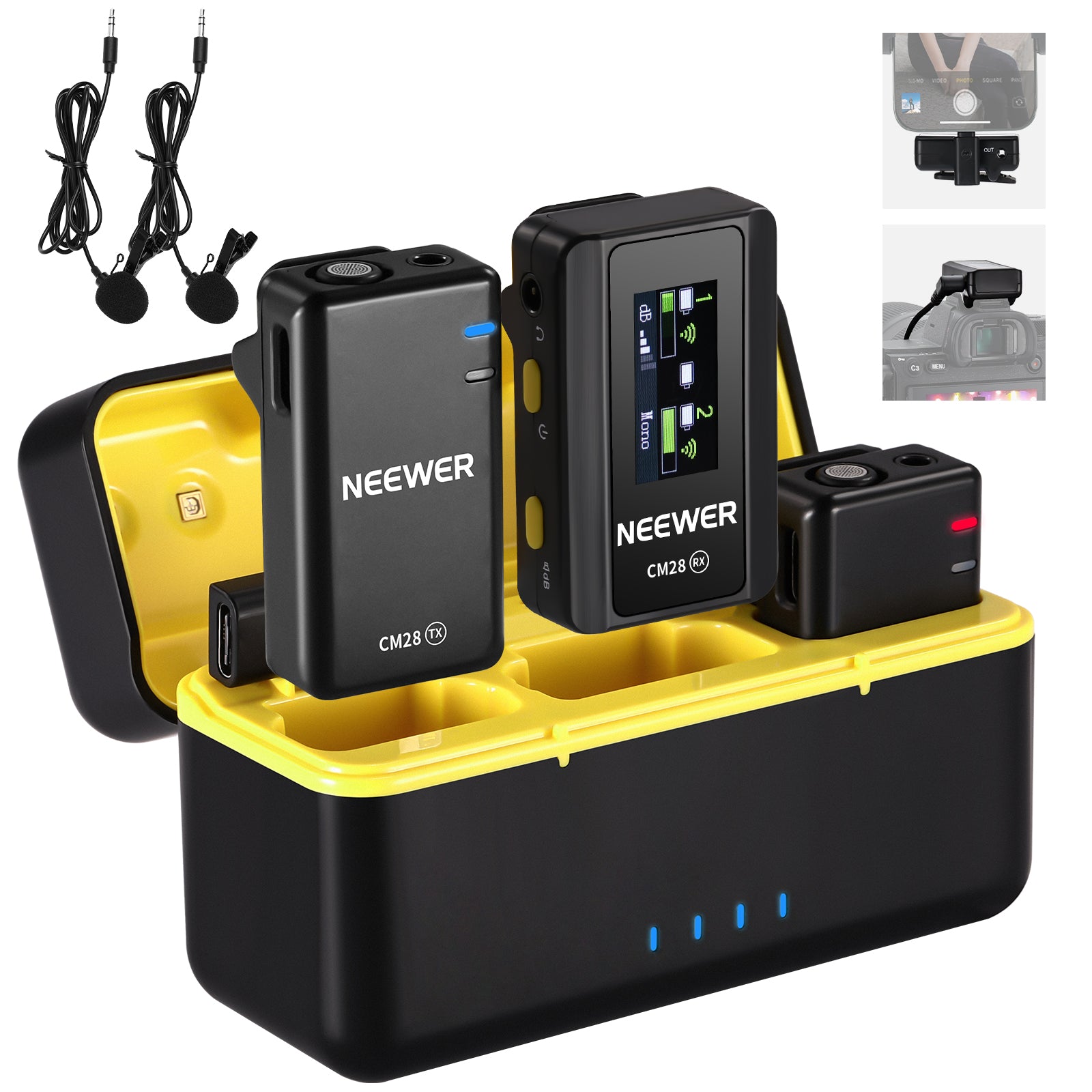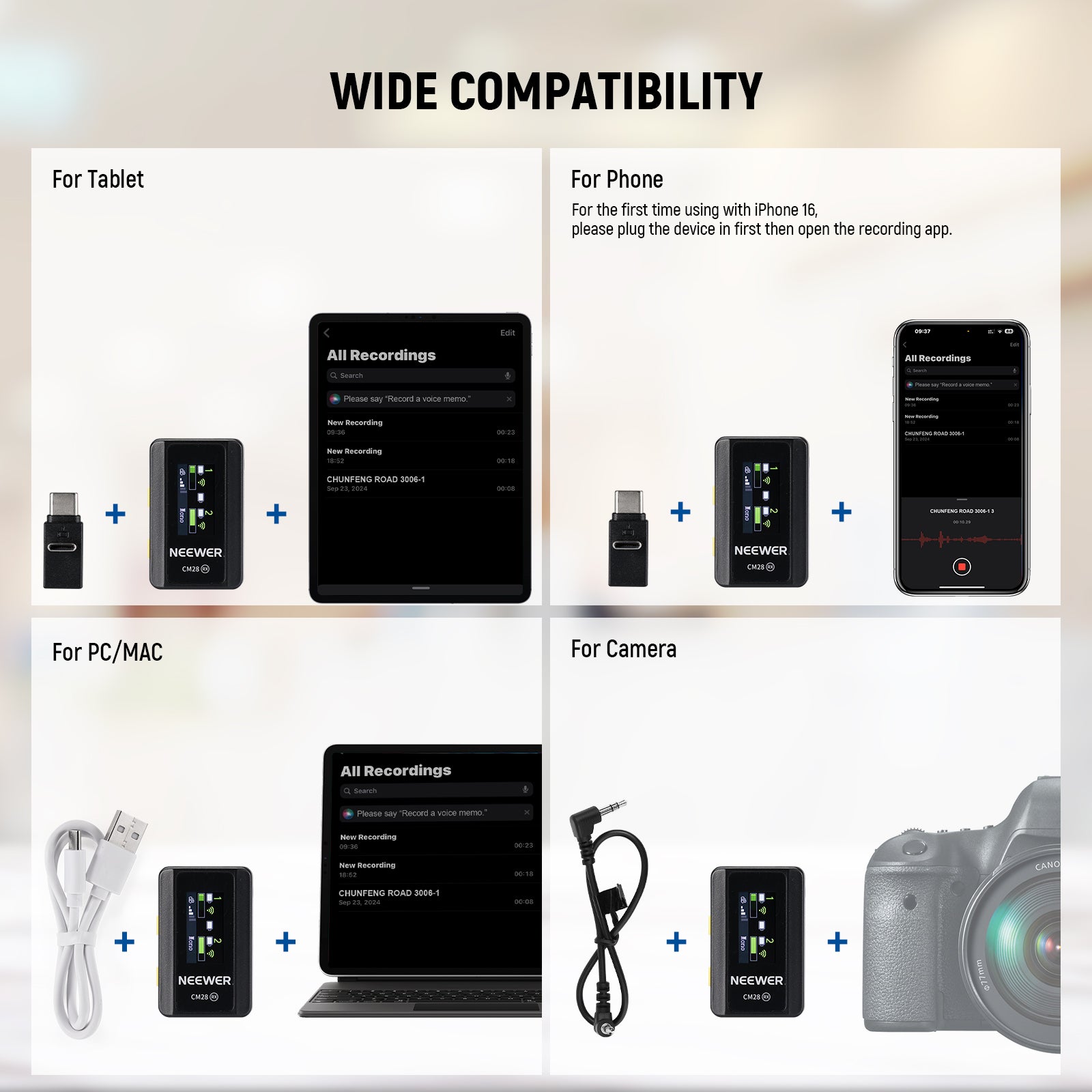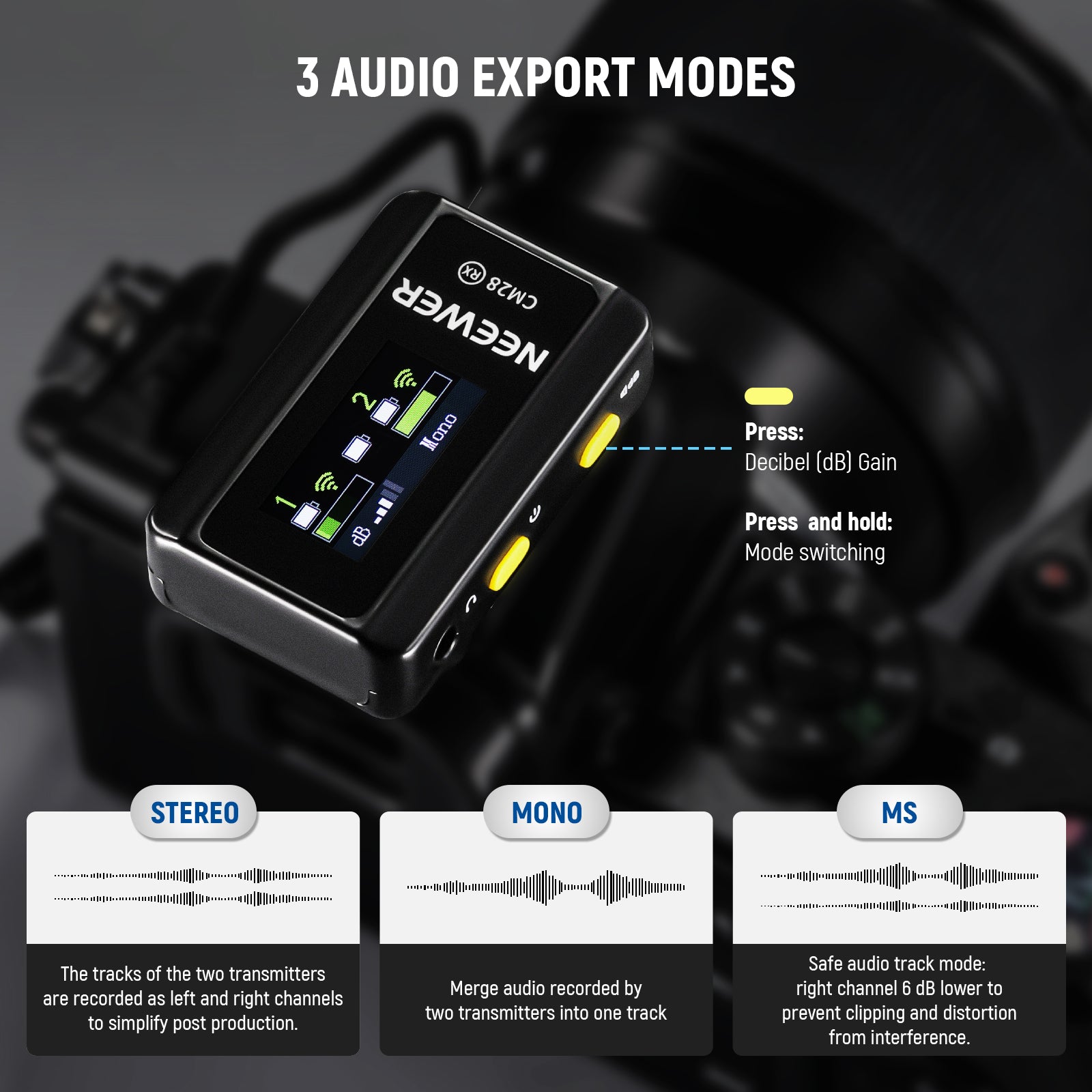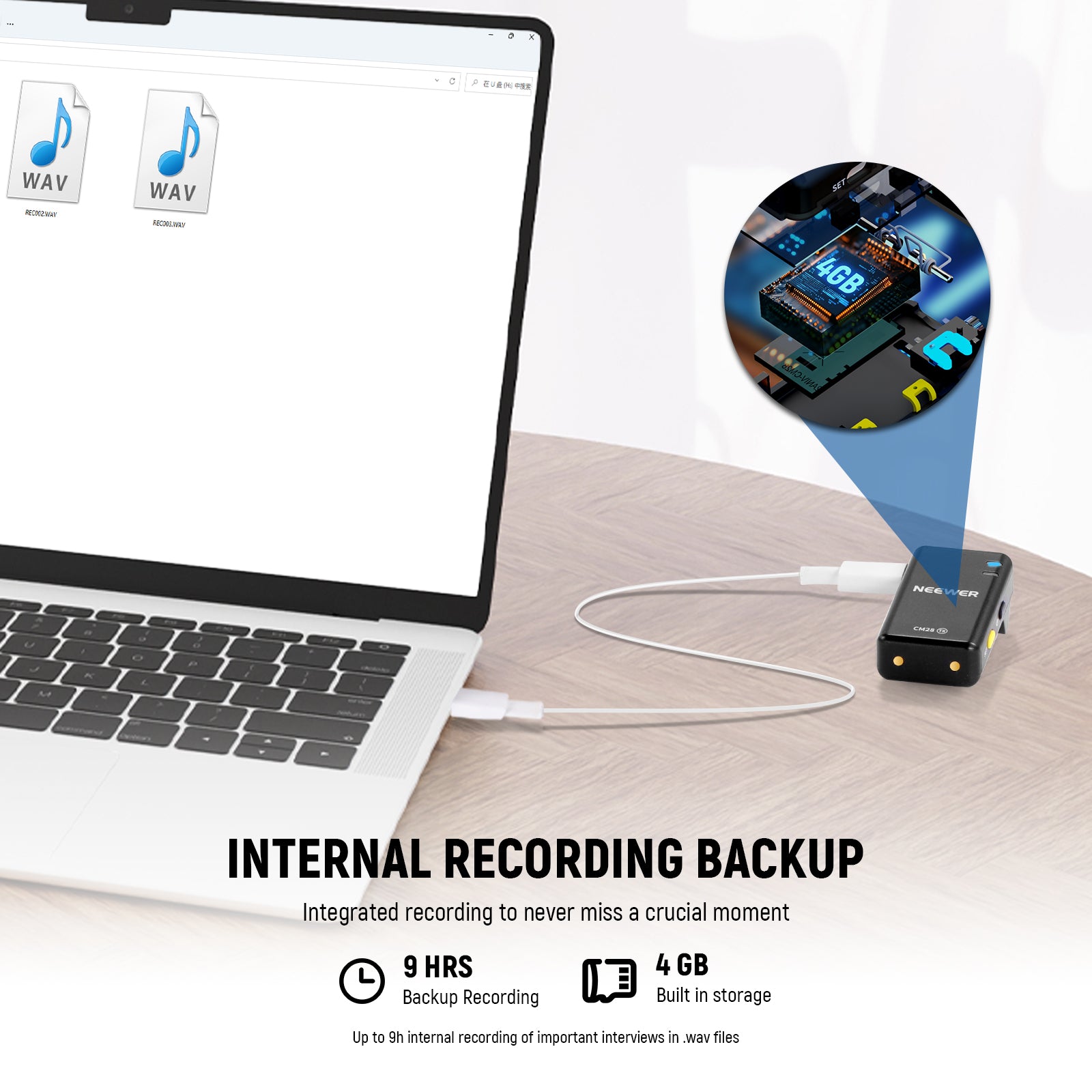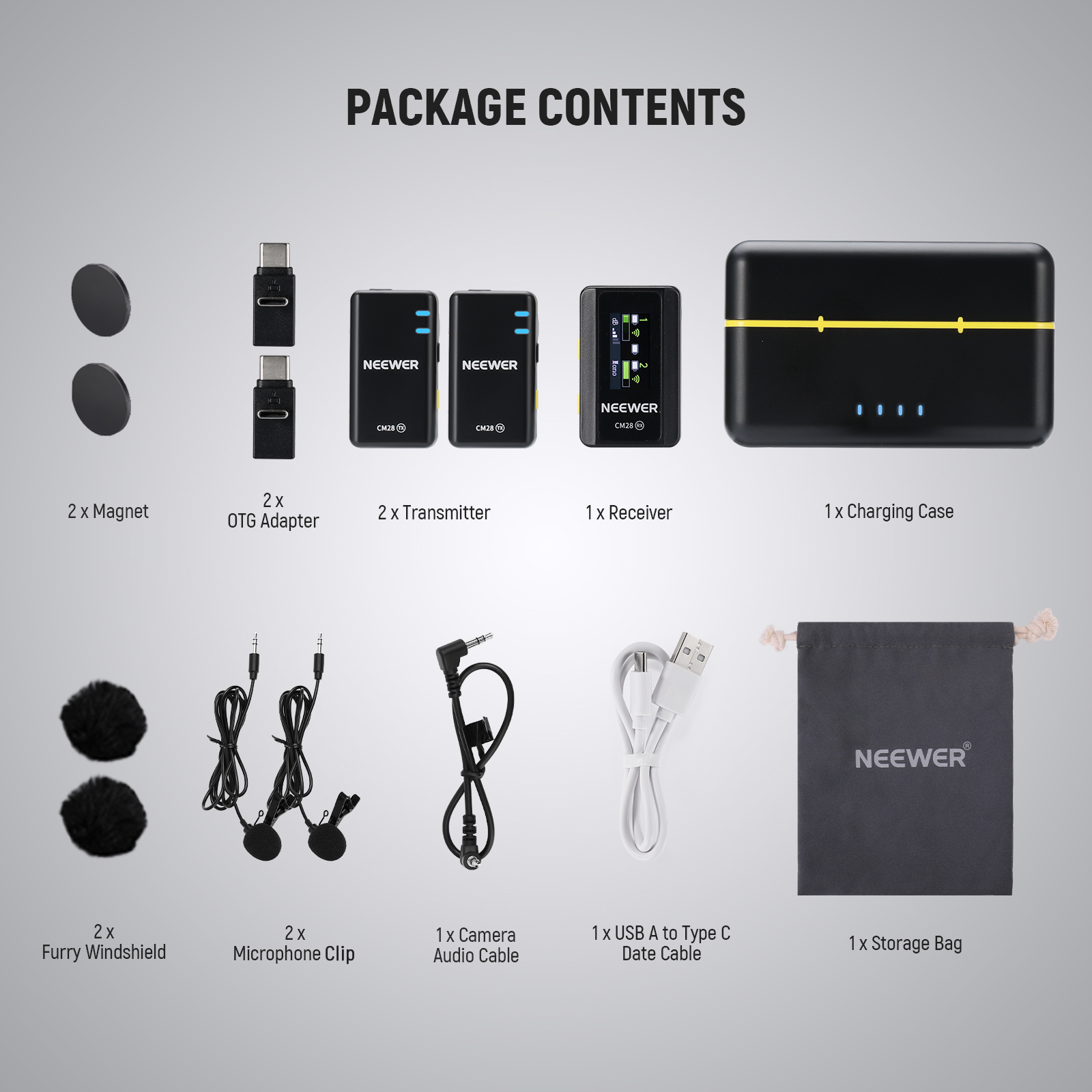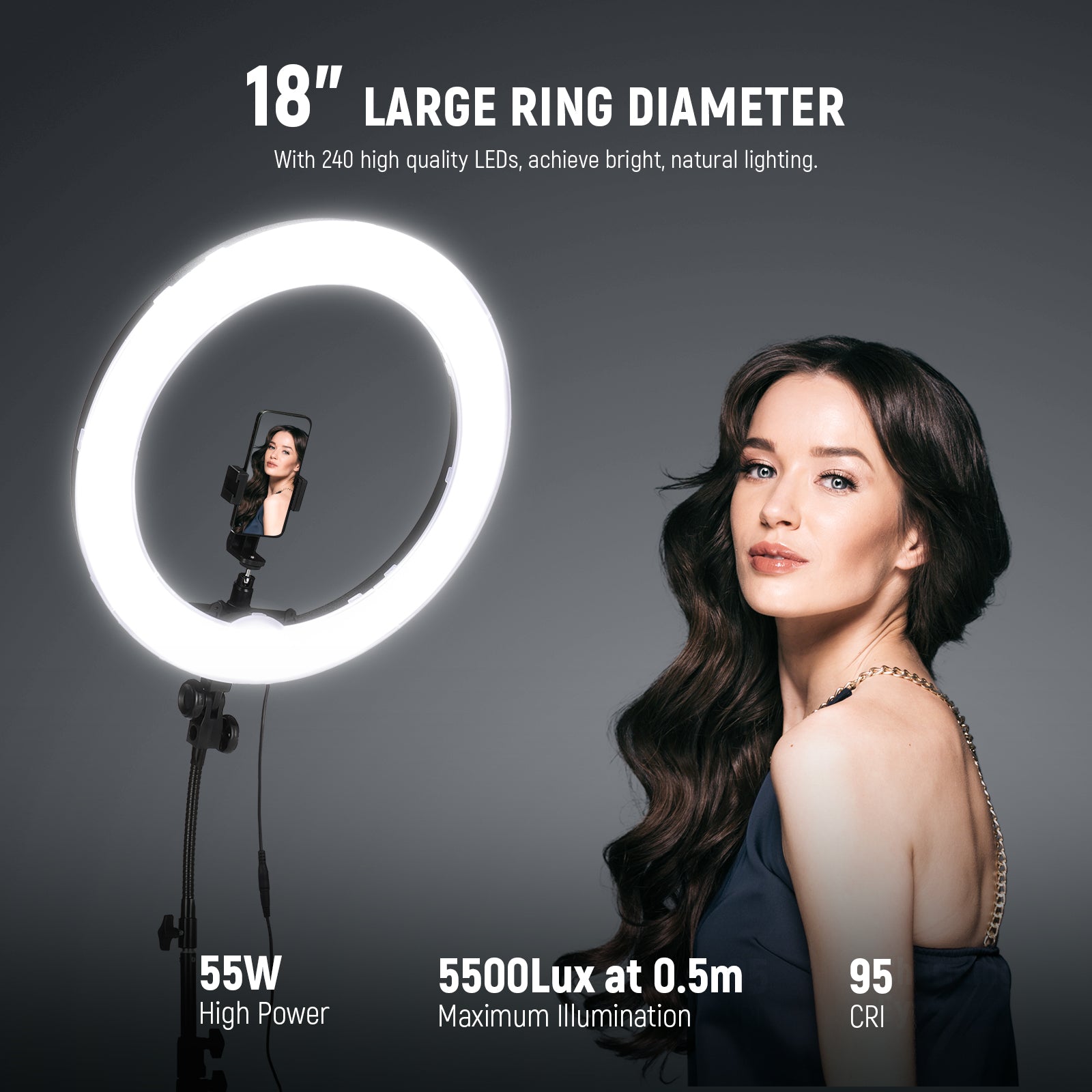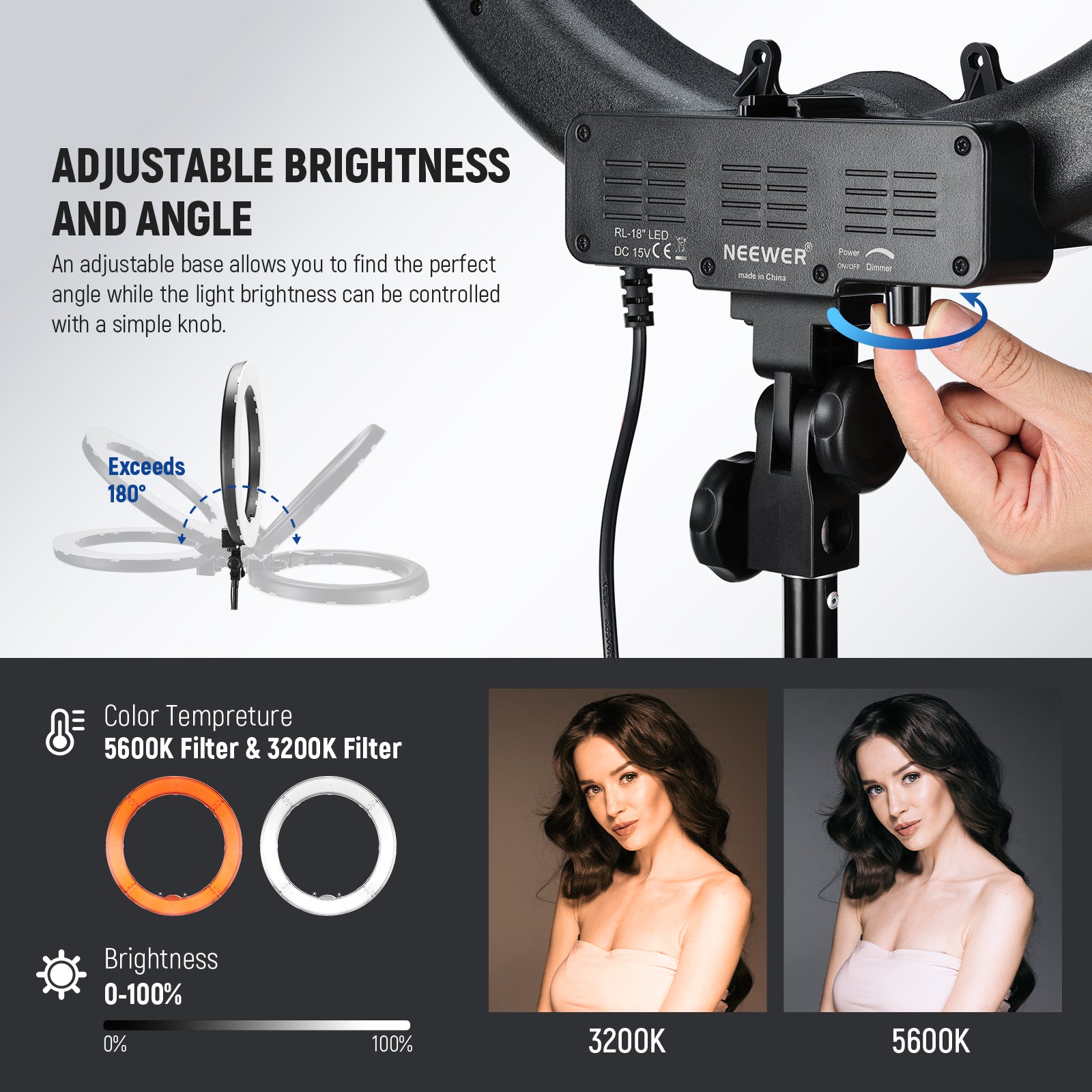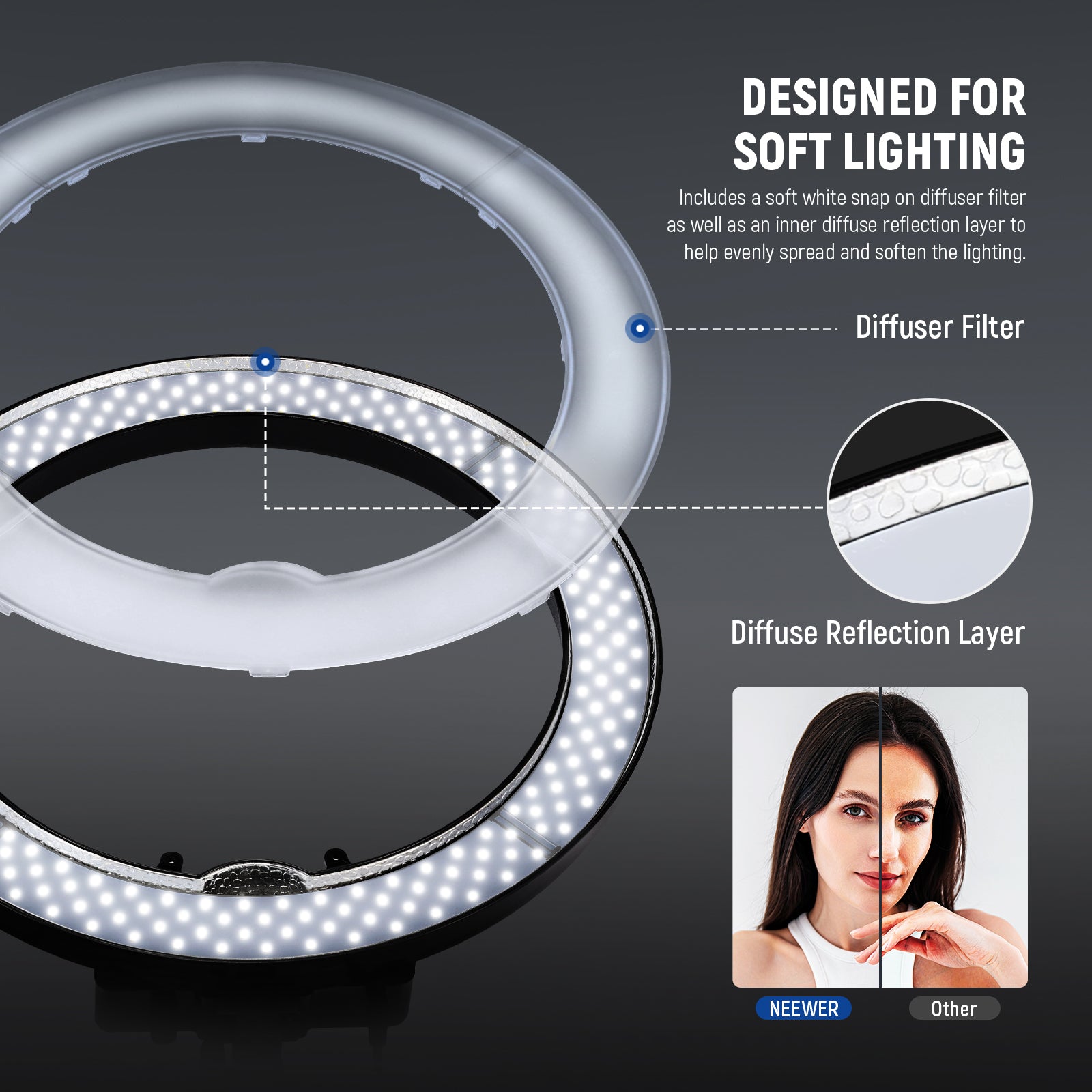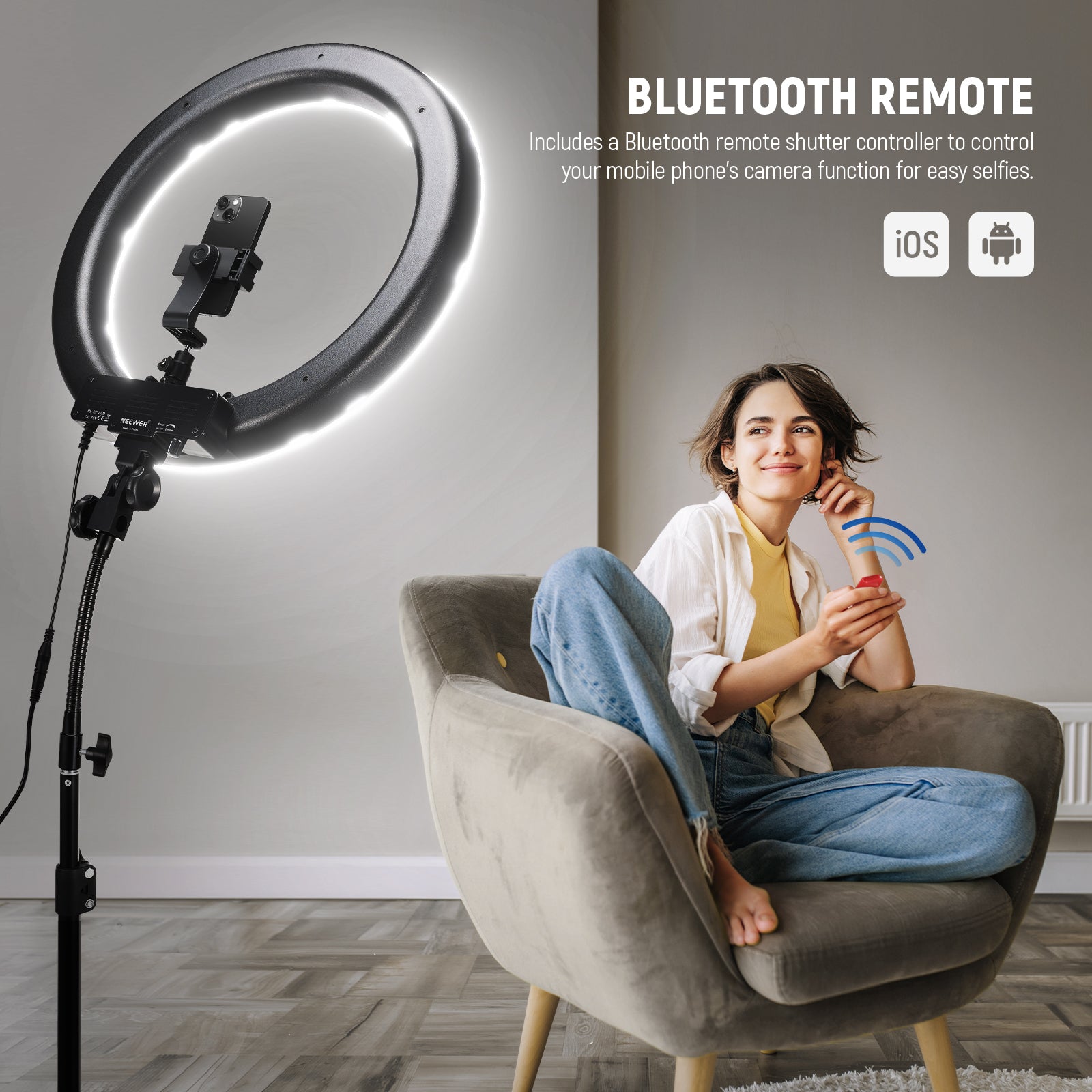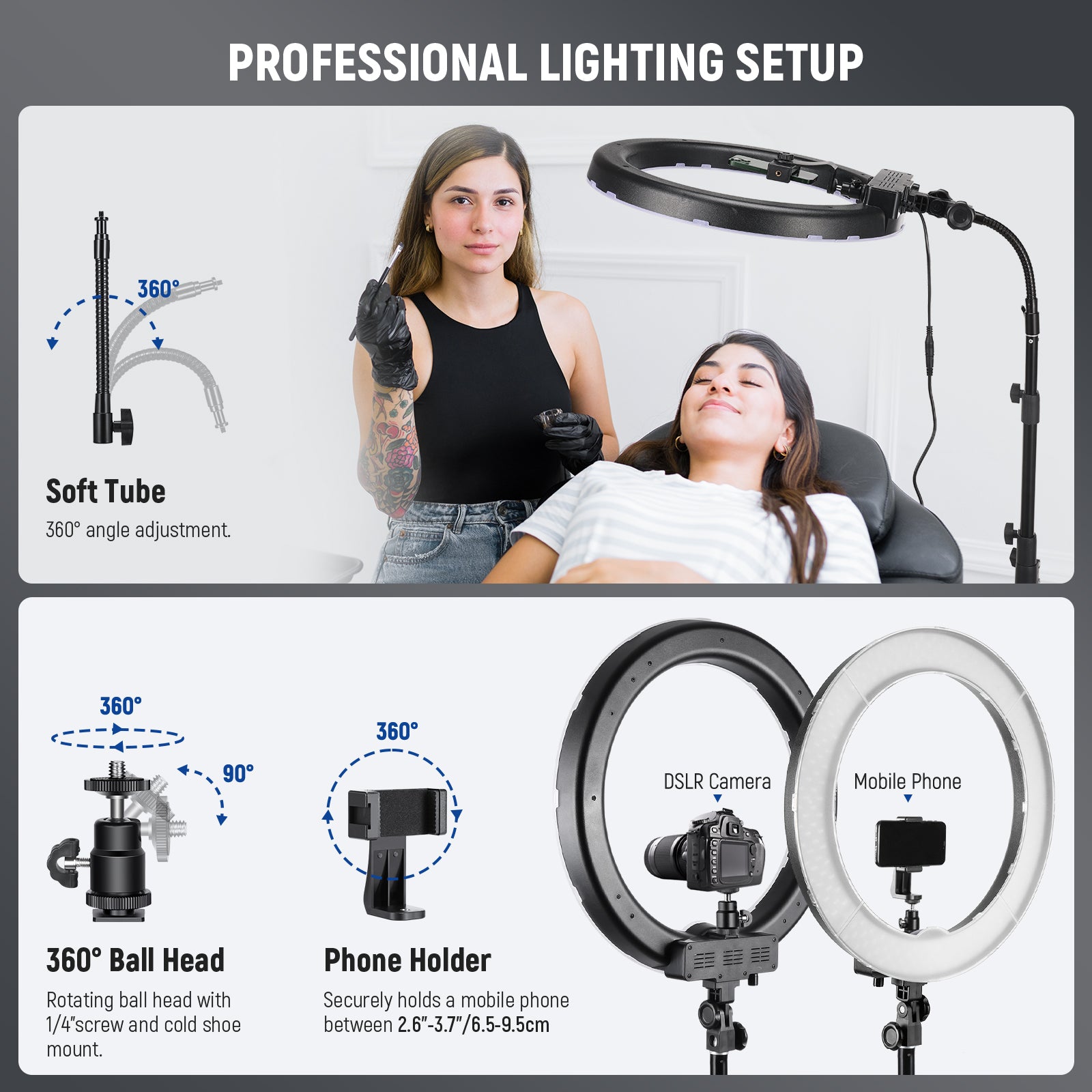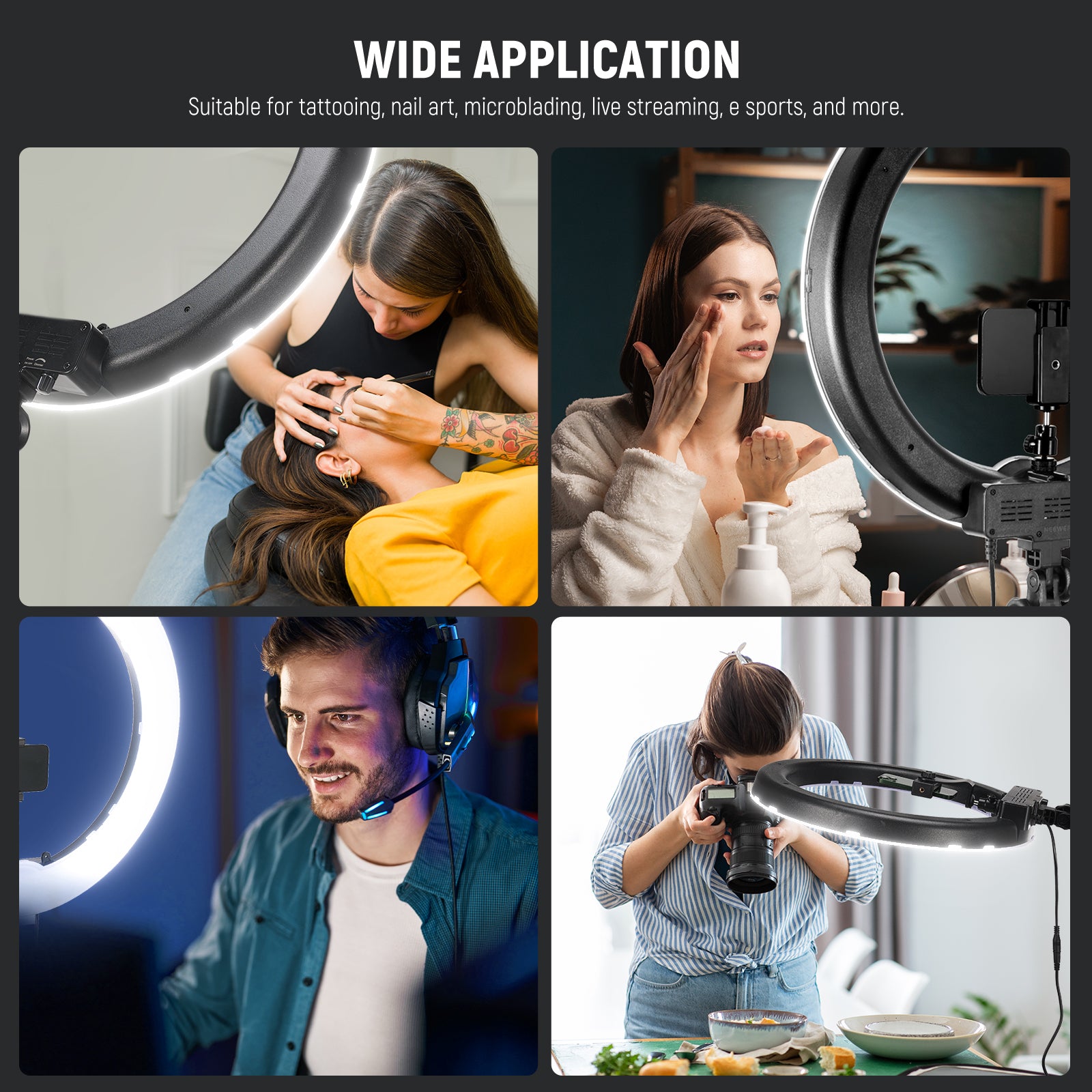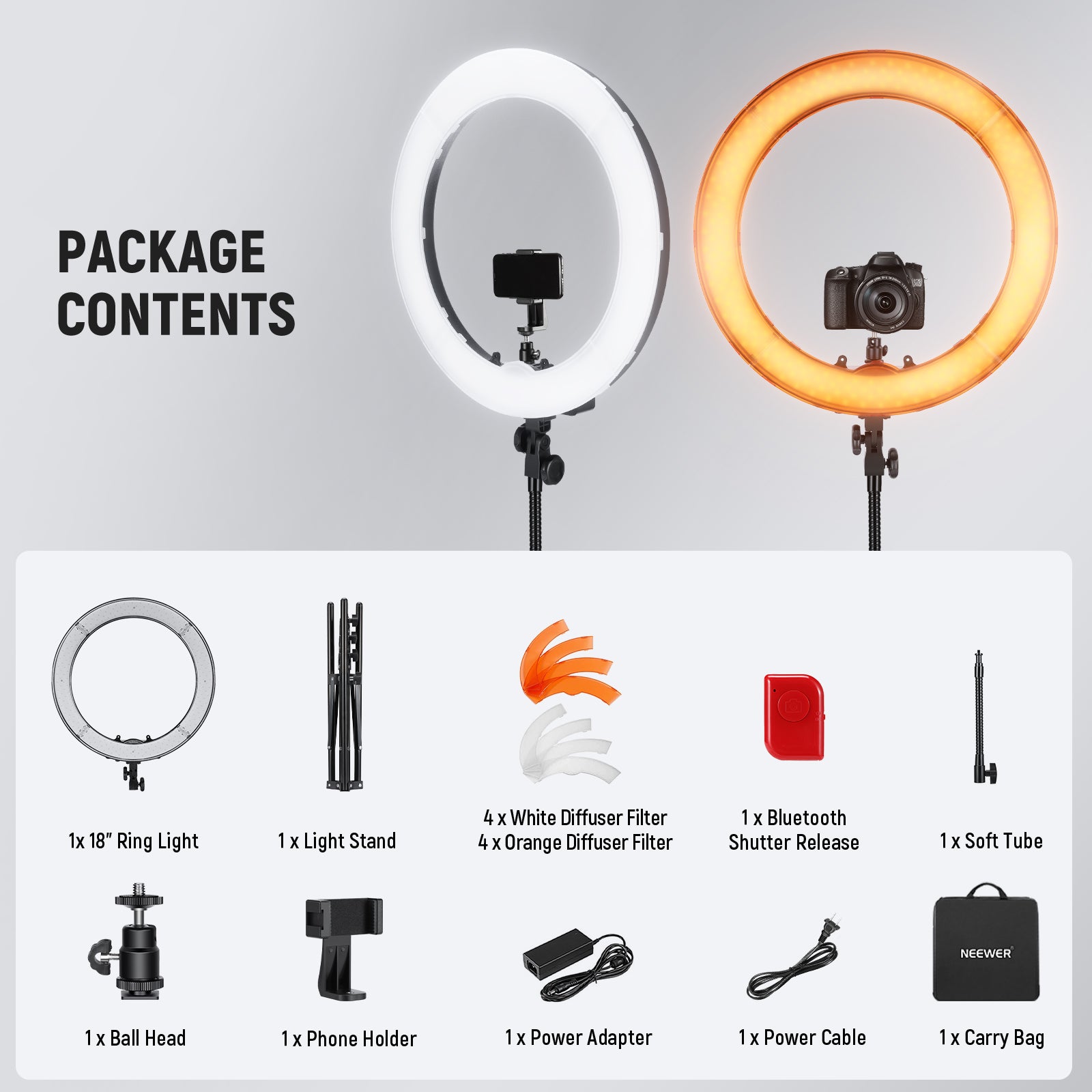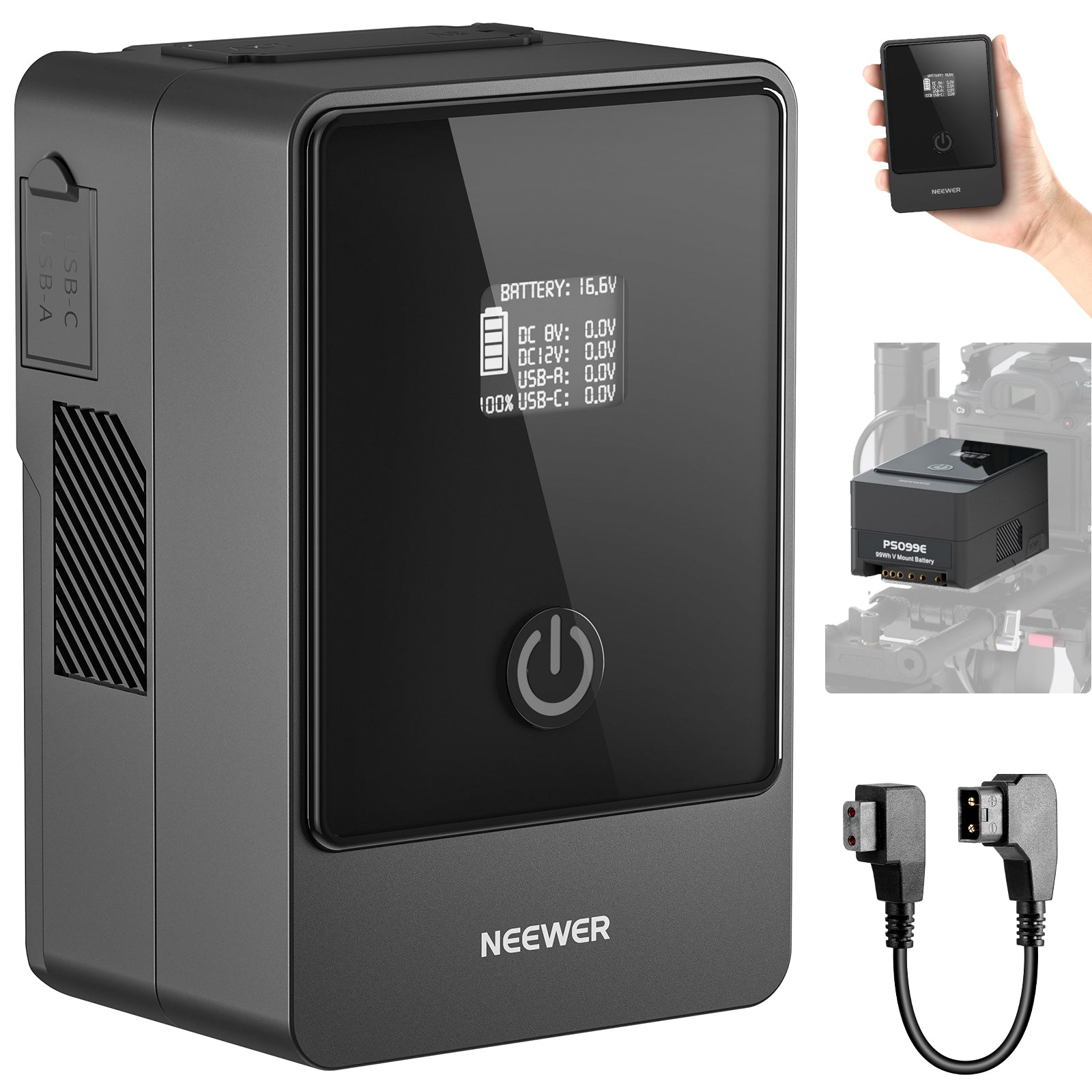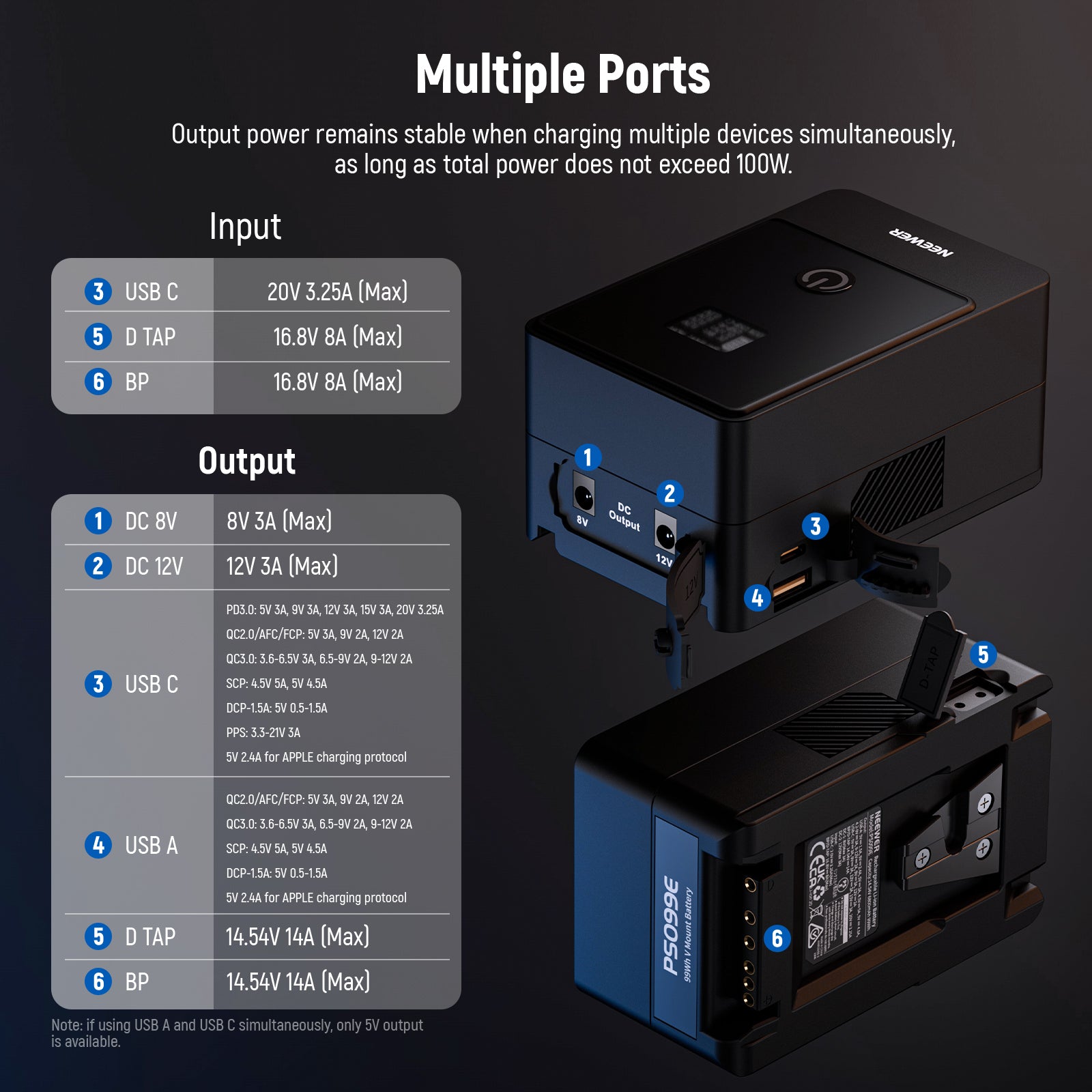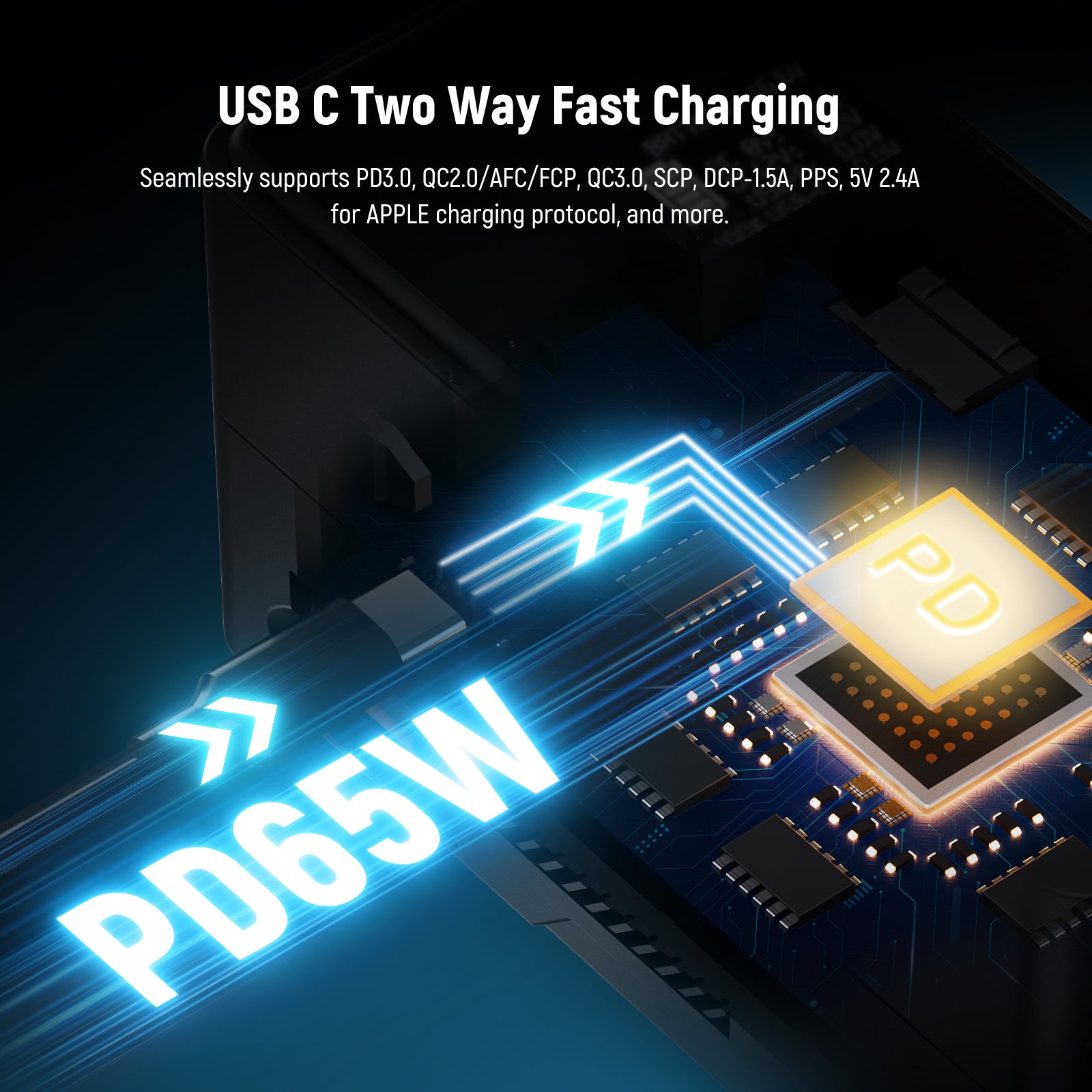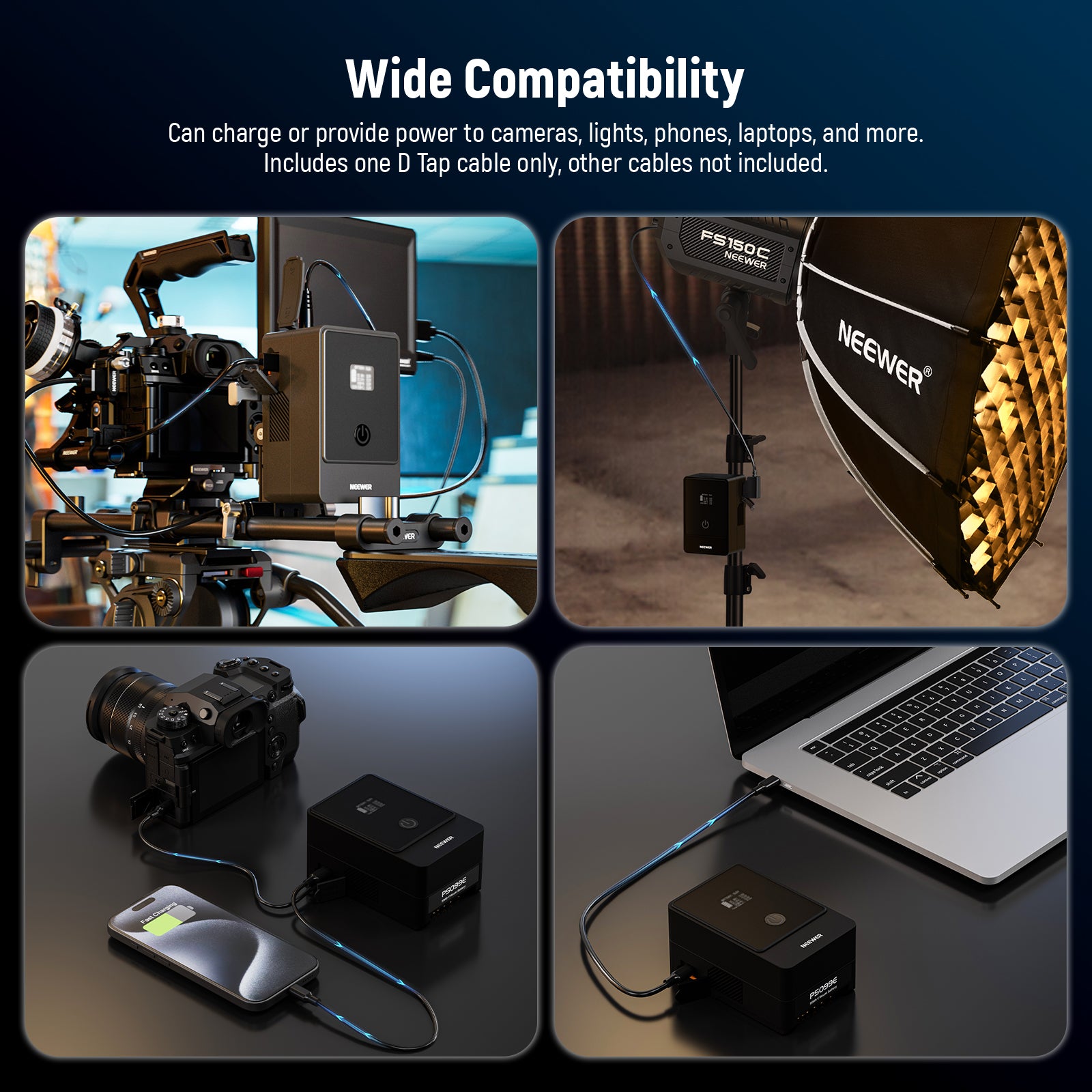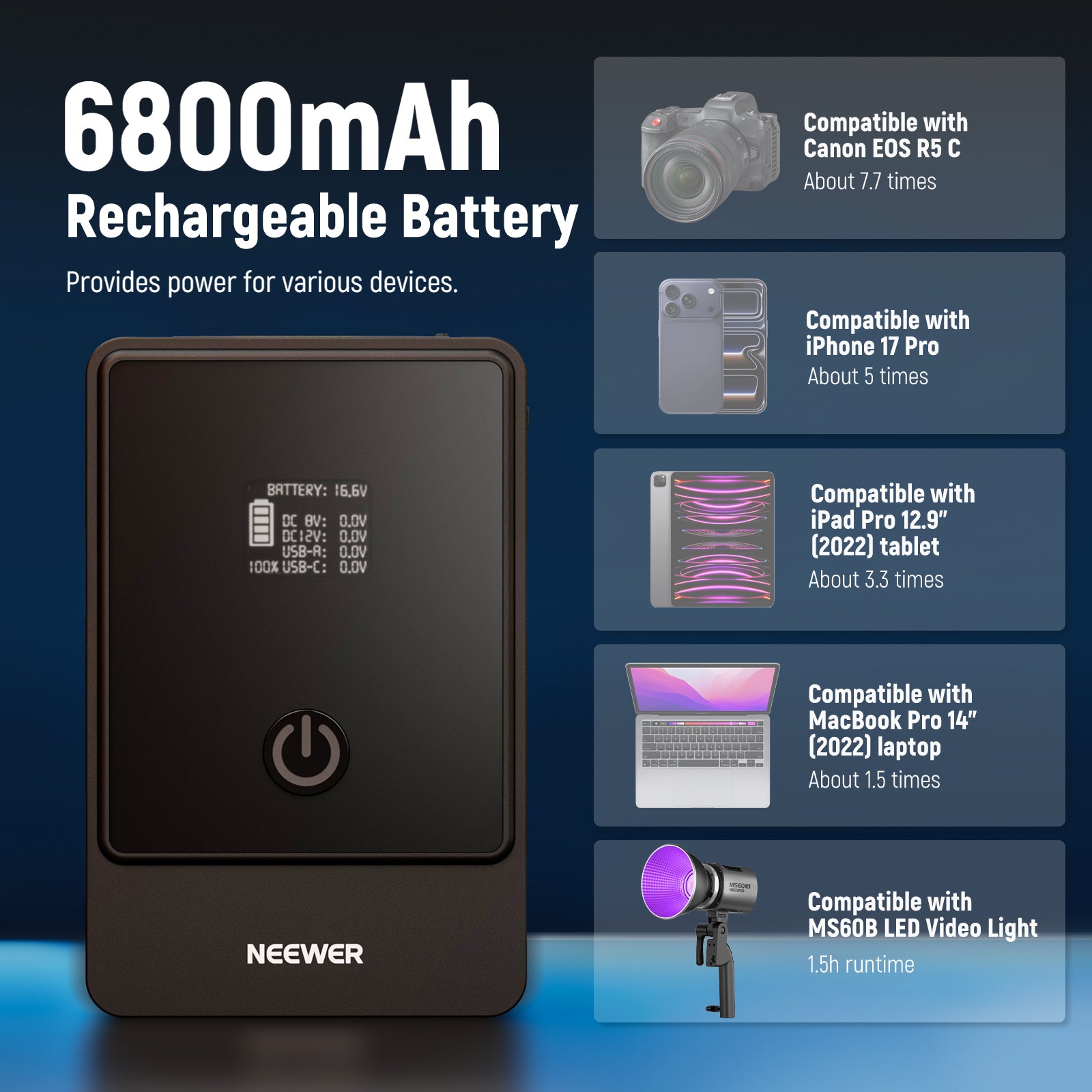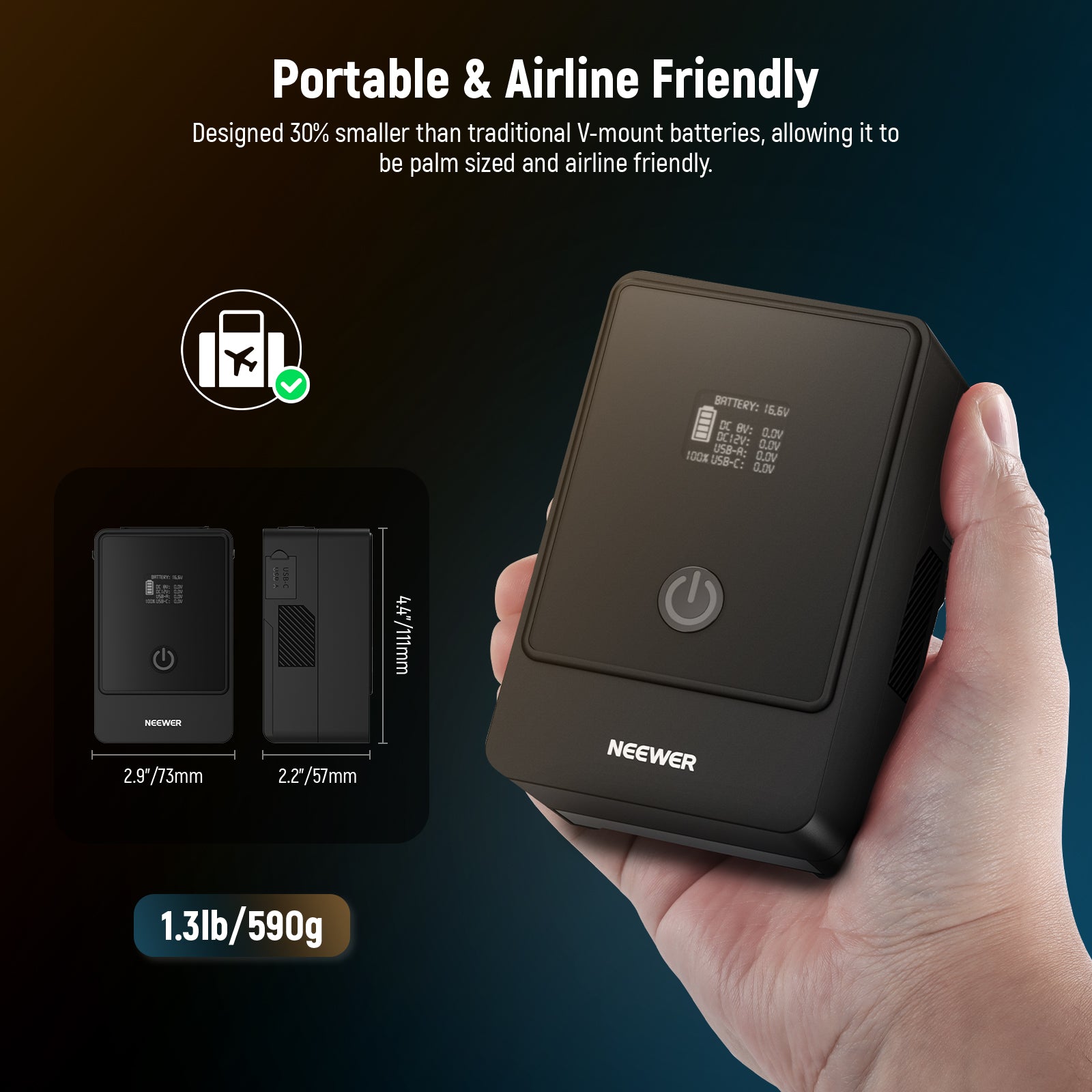Table of Contents
Adding an external flash (also called a speedlight) to your Canon camera is one of the most impactful upgrades you can make in photography. Whether you're shooting portraits, events, or creative studio setups, a good flash can completely transform your images. To help you pick a good flash, in this blog, we've picked 4 of the best flashes and covered related picking tips.
Comparison Table of Flashlights for Canon
|
Model |
Price |
Flash Power |
Guide Number |
Color Temperature |
Bounce Angles |
Flash Duration |
|
Z2PRO-C |
$229.99 |
76Ws |
/ |
5600K (±200K) |
-7° - 120° (vertical), 0°-330° (horizontal) |
1/180–1/20000s |
|
NW645II-C |
$99.99 |
/ |
GN58 (ISO 100, 180mm) |
5600K (±200K) |
-7° - 90° (vertical), -90° - 180° (horizontal) |
1/300– 1/20000s |
|
Z880 |
$209.99 |
76Ws |
GN58 |
5600K (±200K) |
-7° - 120° (vertical), 0°-330° (horizontal) |
1/180–1/20000s |
|
RF1-C |
$139.99 |
76Ws |
GN15 (ISO 100, 1m) |
5600K |
/ |
1/400– 1/19300s |
Best Flashlights for Canon in 2025
1. NEEWER Z2PRO-C TTL Round Head Flashlight for Canon

The NEEWER Z2PRO-C flash is equipped with an improved user interface, which can provide you with a more favorable experience. You can quickly switch from TTL to manual flash mode with the TCM side button, which is very convenient. This flash for Canon offers auto metering or manual 1/1-1/256 dimming and is suitable for focal lengths from 28mm to 105mm.

The NEEWER Z2PRO-C flash for Canon has a maximum flash output of 76Ws and a stable color temperature of 5600K (±200K). There are two LED modeling lamps under the flash head that provide 10 brightness levels, and it features a round Fresnel head, so it provides a more even, soft, and natural lighting effect.
Pros:
- Enhanced UI & Instant TTL/M Mode Switch
- Powerful Output & Upgraded 2 Sets of LED Modeling Lamps
- Built-in 2.4G Wireless Q System
2. NEEWER NW645II-C Flashlight for Canon Camera

If you want to invest in a flash for Canon with superior flash output, the NEEWER NW645II-C can fulfill your needs. Its flash output can be adjusted from 1 to 1/128 in 1/3 increments depending on the actual ambient light, and with a short recycle time of 0.1 to 3.5 seconds and a flash duration of 1/300 to 1/20000 seconds, you'll be able to capture every moment.

The NEEWER NW645II-C flash for Canon can also greatly expand your creative possibilities in flash photography. It is compatible with original master flashes and can be activated by the master flash when set on the same channel, allowing slave control and enhanced creativity. In addition, the flash head can be rotated up or down from -7° to 90° and can be rotated 270° to bounce light off walls, helping you take natural, less shadowed photos.
Pros:
- Premium Flash Output
- Optical Slave Control
- Flexible Bounce Angles
3. NEEWER Z880 Camera Flash Speedlite For Canon
For photographers with a higher budget who prefer a non-circular camera flash, the NEEWER Z880 Flash for Canon is a worthy consideration. It also boasts a maximum output of 76Ws, a guide number of GN60, and a consistent colour temperature of 5600K±200K cool daylight. When employed, it delivers a harder light quality, perfectly suited for emphasising contours.
The NEEWER Z880 Flash for Canon features a powerful LED modeling light with 10 brightness levels for previewing flash effects. The TCM switch allows seamless mode switching for precise flash metering. This camera flash also incorporates a built-in 2.4G wireless Q system for wireless flash control.
Pros:
- New UI/TCM Switch/Flexible Head
- Multiple Modes & 1/8000s HSS
- Built-in 2.4G Wireless Q System
4. NEEWER RF1-C Marco Ring Flash for Canon

The NEEWER RF1-C is a Marco Ring Flash for Canon, and it's a great choice if you like to shoot plants, insects, and other subjects that require macro photography. 80° wide-angle flash coverage illuminates your subject evenly from all angles, minimizing harsh shadows and avoiding dark corners.

The NEEWER RF1-C Marco Ring Flash for Canon is equipped with two 0.59W focus-assist lamps that provide 10 levels of brightness adjustment, thus helping you to focus quickly in dim environments. In addition to its 76Ws of output power, it also features advanced functions such as exposure compensation and flash lock to enhance your photography and help you take atmospheric and artistic macro shots.
Pros:
- 3 Flash Modes & Independent Flash Tubes
- Powerful Output with Advanced Functions
- Assist Focus Lights & Concise LCD Screen
How To Choose the Best Flashlight for Canon?
1. Choose a Flash with Fast Recycle Time and the Right Battery Type
A critical aspect to keep in mind when shopping for flashes is their recycle time; it refers to how fast they're ready to fire again after each shot has been fired. Shooting continuously at events or action scenes requires fast recycling times of less than 2 seconds for optimal performance, to ensure you never miss an essential moment. Flash units equipped with lithium-ion batteries provide faster recycle times and extended battery life, making them particularly helpful on long shoots where frequent battery swapping would otherwise be necessary. This can be an enormously convenient option. If you prefer using standard AA batteries, opt for one that accepts rechargeable NiMH cells instead. Either way, don't undervalue power efficiency - it could mean the difference between getting that photo you wanted or missing it altogether!
2. Pick the Right Power Output Based on Your Shooting Needs
Flash power can be measured using something known as the Guide Number (GN). While this might sound complex, in essence, it measures how far a flash can throw light. A higher Guide Number means more power and longer reach - more light equals more guide numbers! For casual indoor or casual portraiture photography, typically using ISO 100 film, a focal length between 40-50 (meters at ISO 100). But when shooting in larger spaces or outdoors without ceiling-based light bounce, a more powerful flash with a GN of 60 or above gives you more freedom in lighting subjects from afar. Don't ignore this step--if your flash is too weak, your shots may either underexpose or you may need to increase ISO beyond the desired, creating noise in the process.
3. Look for Built-In Wireless Control If You Plan to Go Off-Camera
To fully take advantage of off-camera flash photography, wireless functionality must be present. Modern flashes come equipped with built-in radio transmitters and receivers, enabling them to communicate wirelessly with other flashes or master triggers without extra cables or infrared line-of-sight setups. No matter if you're setting up a softbox for portraits or backlighting a scene, wireless control gives you creative freedom and convenience. Be sure that your chosen flash can act both as a transmitter and a receiver if you intend on mixing and matching setups later.
4. Ensure the Flash Head Can Tilt, Swivel, and Zoom for Light Control
A good flash is more than powerful; it should also be flexible. One of the major advantages of external flashes over built-in ones is their adjustable flash head, enabling users to soften and naturalise lighting on ceilings or walls for a softer, more subtle effect. Ideal flash heads should feature at least a 90-degree tilt upward, 180 degrees of left/right swivel, and an auto zoom head that matches your lens focal length, giving you maximum control to shape and direct light exactly as desired. This enables you to control where light hits. Reflecting flash off a white ceiling can create stunning, shadow-free portraits, while zooming in can produce dramatic lighting effects. Unfortunately, if your flash head is fixed or limited in movement, it could result in a flat on-camera light that rarely looks appealing.

